Cindy Sherman’s Enduring Legacy
Listen to creatives from the worlds of art, literature and fashion—Eva Respini, Avery Singer, Lauren Oyler, and Gabriella Karefa-Johnson—reflect on Sherman’s influence.
Explore the series
Untitled Film Stills (1977 – 1980)
Sherman began making the Untitled Film Stills in the fall of 1977 just after moving to New York City at twenty-three years old. This iconic series of eight-by-ten-inch black-and-white photographs was originally conceived as a group of imaginary film stills from a single actress’s career. What began as an experiment in how to imply narrative without involving other people would evolve into 70 works over the next three years. Inspired by 1950s and 1960s Hollywood, film noir, B movies, and European art-house films, Sherman’s plethora of invented characters and scenarios imitated the style of production shots used by movie studios to publicize their films.
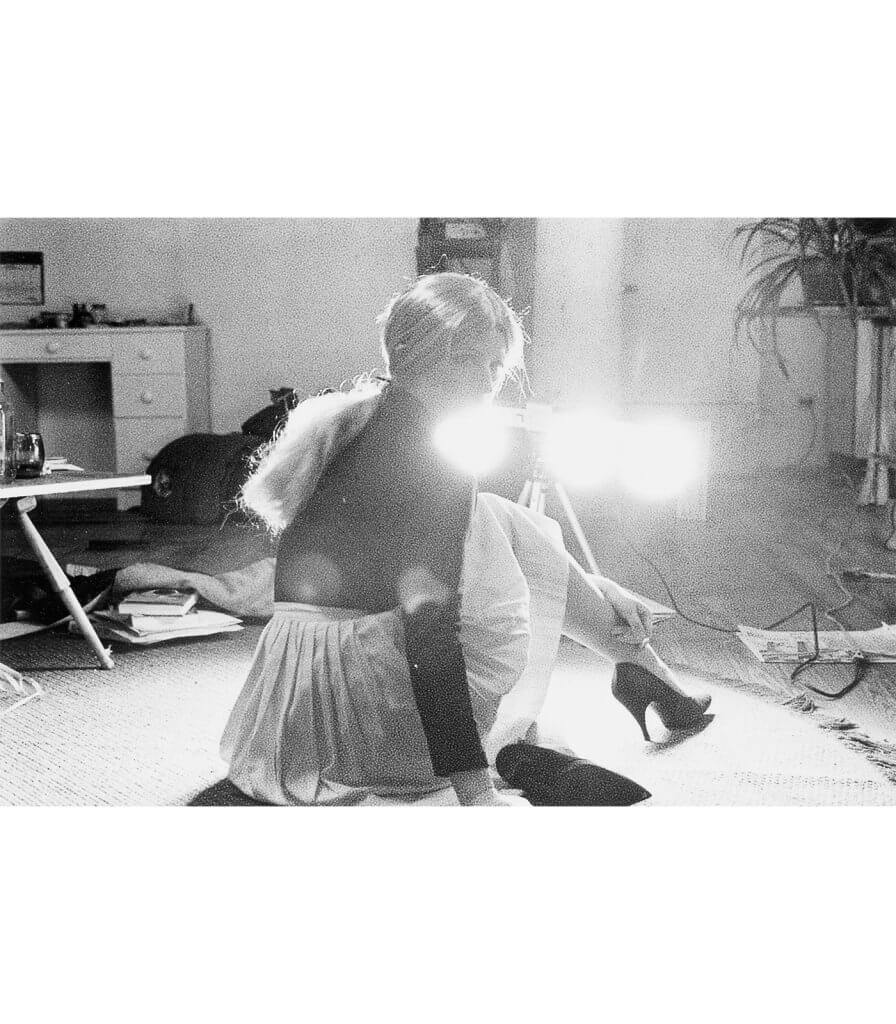
Untitled Film Still
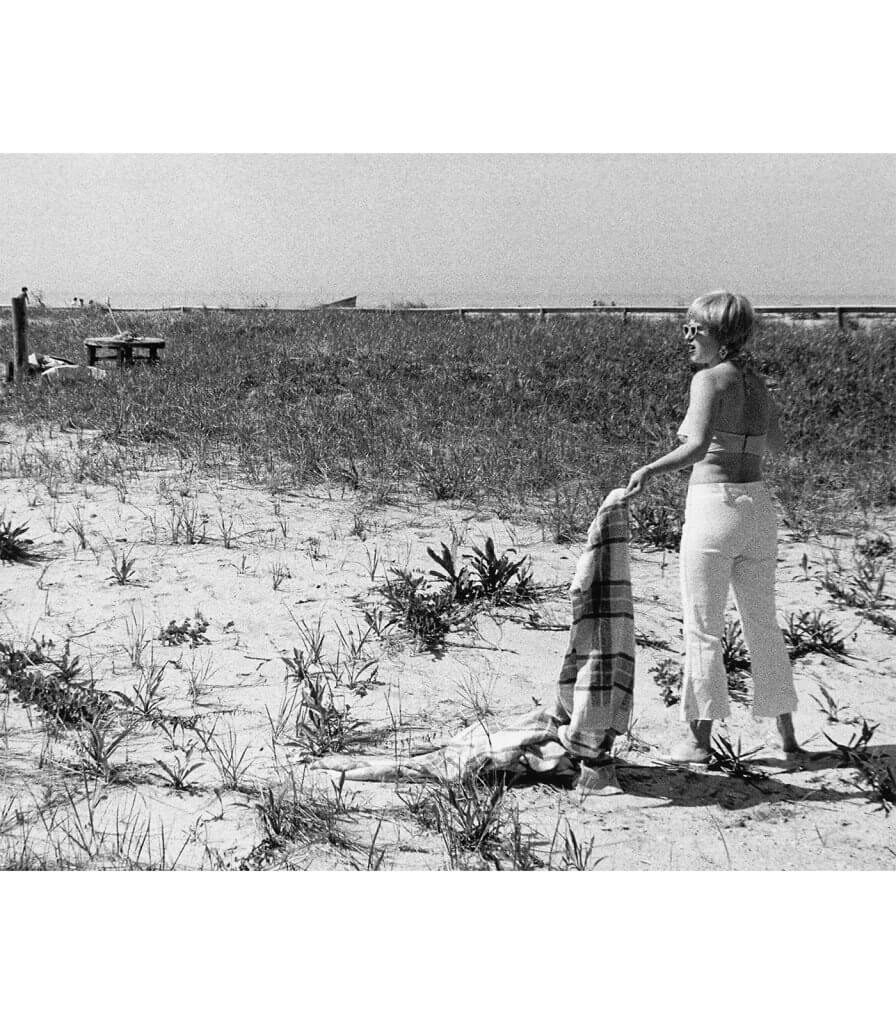
Untitled Film Still
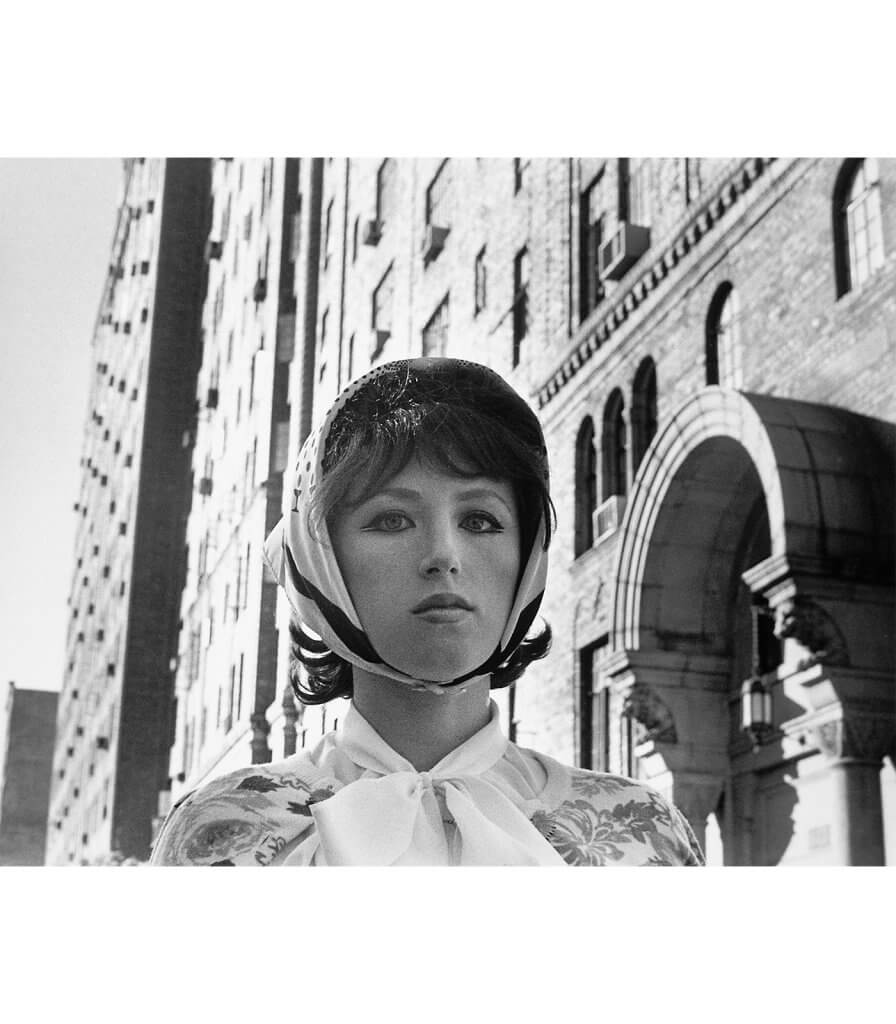
Untitled Film Still
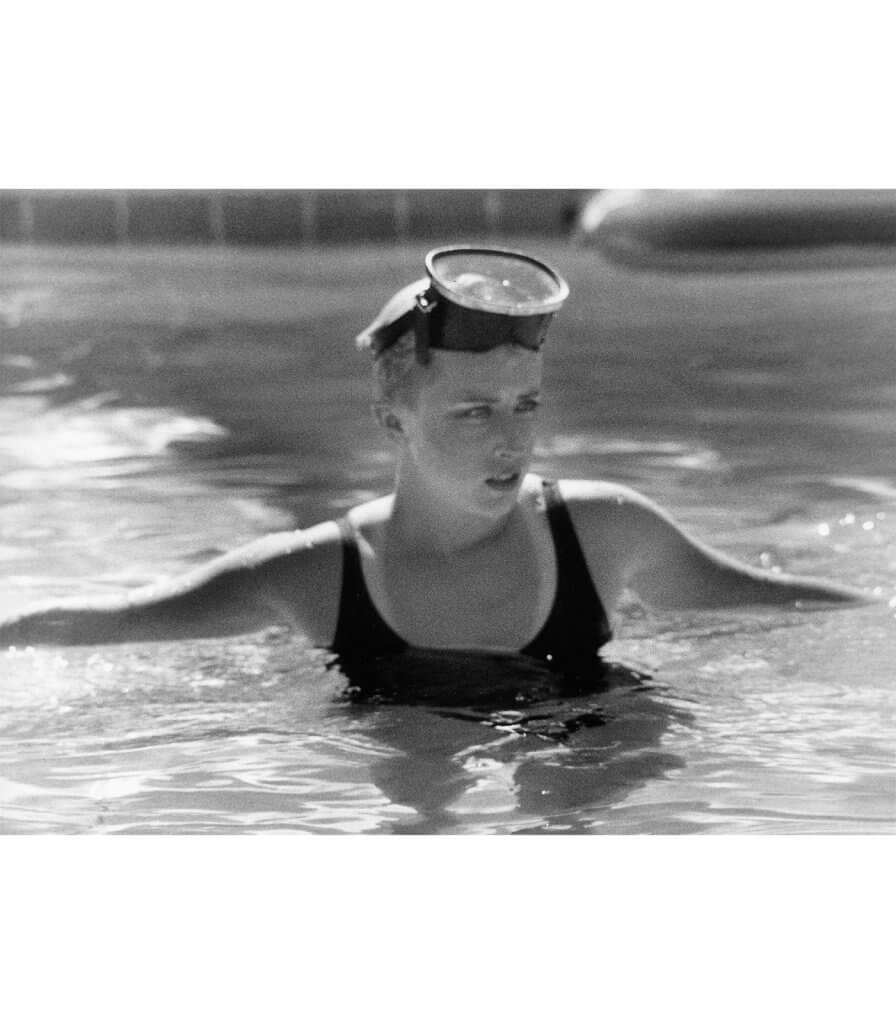
Untitled Film Still
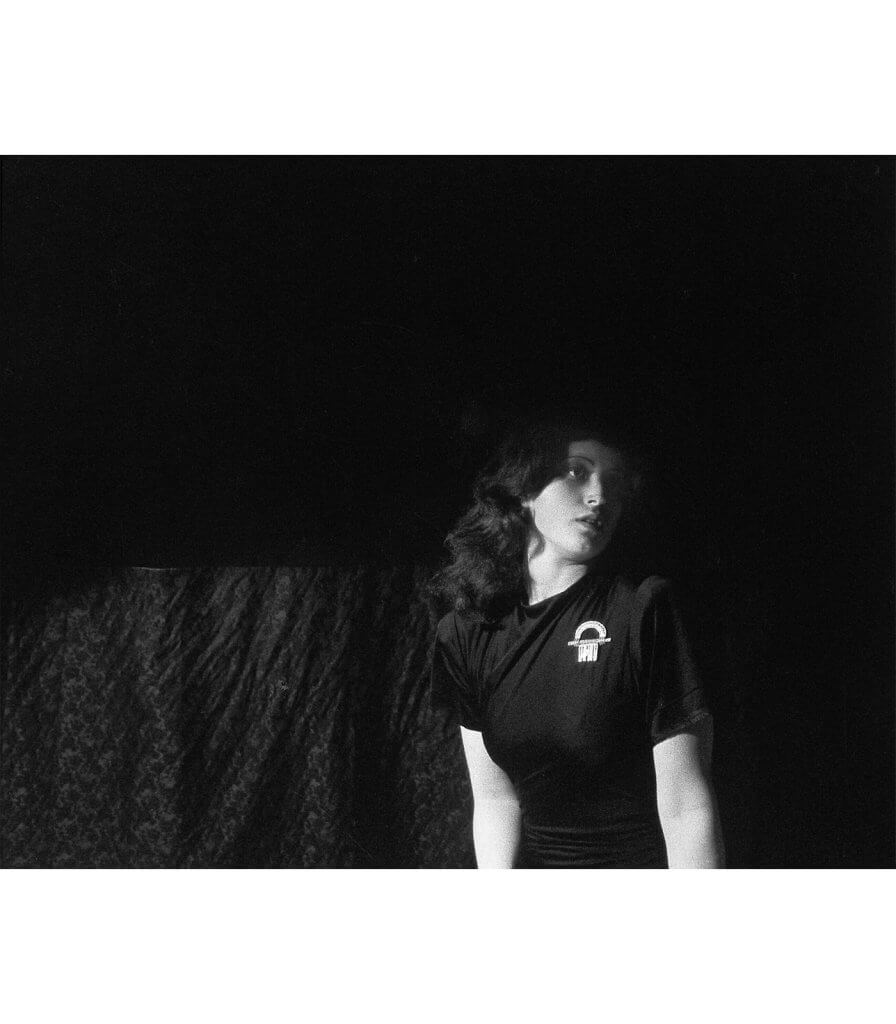
Untitled Film Still
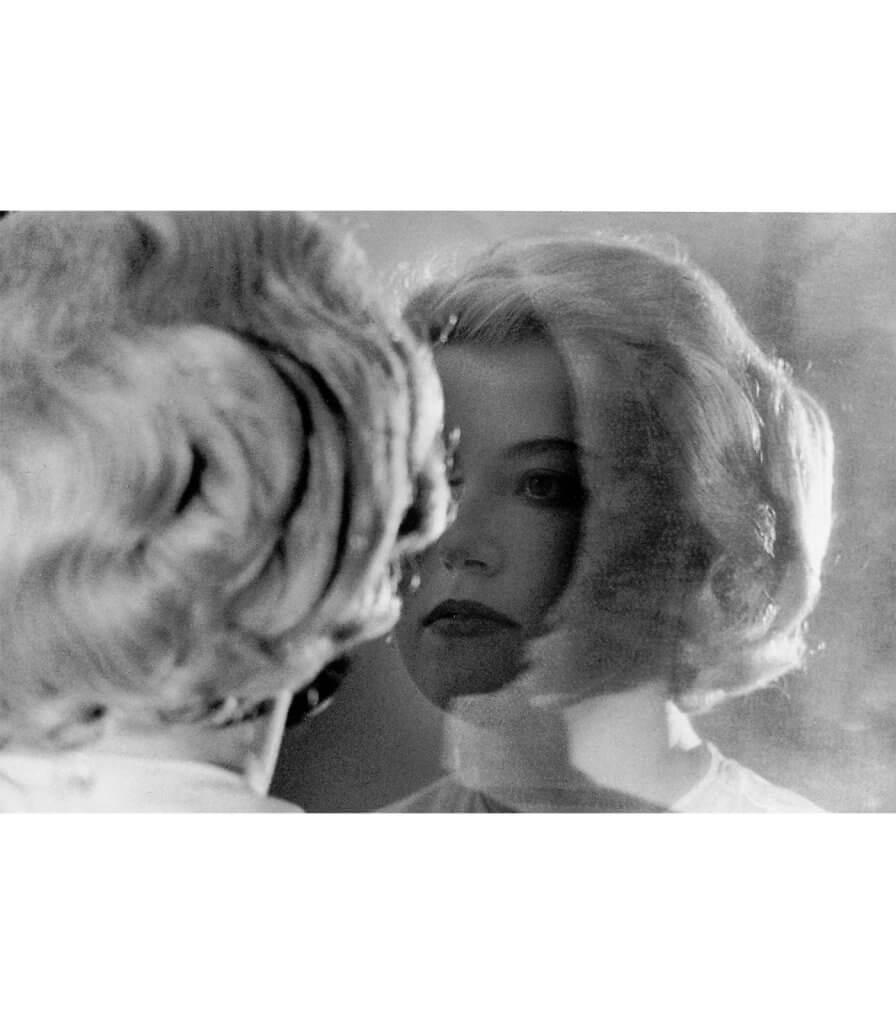
Untitled Film Still
Rear Screen Projections (1980)
In 1980, Sherman moved away from the Untitled Film Stills and began working in color. Instead of making use of existing outdoor light and locations, Sherman brought her work back into the controlled environment of the studio, posing in front of locations projected onto a large screen. The rear screen technique, honed by Hollywood’s silver screen, gave the illusion of travel or movement in one’s surroundings, was exemplified in the 1950s films of Alfred Hitchcock. No longer bound by physical surroundings, the series became known as the Rear Screen Projections and continued Sherman’s dialogue with cinema.
Centerfolds (1981)
Around the same time that Sherman was making the Rear Screen Projections, she was commissioned to create new images for Artforum magazine. The twelve color horizontal photographs that comprise the series ushered in a new era in Sherman’s career. Continuing her exploration of the tension between artifice and identity in consumer culture, she responded with a series clearly referencing erotic images commonly found in the middle of men’s magazines at the time. Sherman reverses the dynamic of male photographer and female pin-up by assuming both roles, consequently subverting the genre by replacing the traditional nude woman with fully clothed female subjects reclining in emotionally suggestive yet ambivalently distanced poses. The photographs were ultimately never published by the magazine for fear of public backlash and instead became a critically acclaimed series known as the Centerfolds.
‘I’m disappearing in the world, rather than trying to reveal anything. It’s about obliterating, erasing myself and becoming something else.’
—Cindy Sherman
‘Art Innovator: Cindy Sherman,’ WSJ – The Wall Street Journal Magazine (November 2019)
Color studies (1981 – 1982)
The final chapter of the show includes the full set of vertical works from Sherman’s Color Studies of 1981 – 82. The series is made up of two bodies of work, but with common characteristics in their use and experimentation with color. The title itself indicates that Sherman’s interest in color takes precedence over subject, reinforced by the fact that many of the figures in this series subjects are relegated to the shadows.
About the artist
Born in 1954 in Glen Ridge, New Jersey, Cindy Sherman lives and works in New York NY. Her ground-breaking photographs have interrogated themes around representation and identity in contemporary media for over four decades.
On view in Los Angeles
‘Cindy Sherman. 1977 – 1982’ is on view now through 8 January 2023 at Hauser & Wirth Downtown Los Angeles.
Inquire about available works by Cindy Sherman
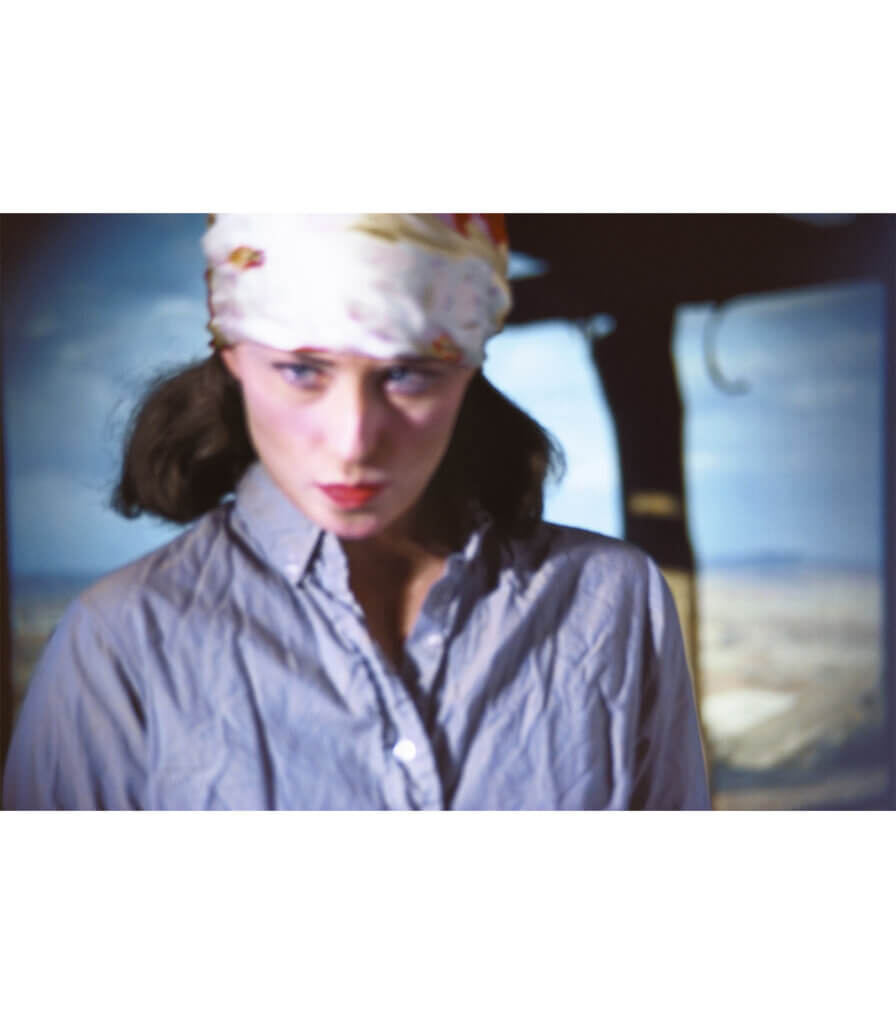
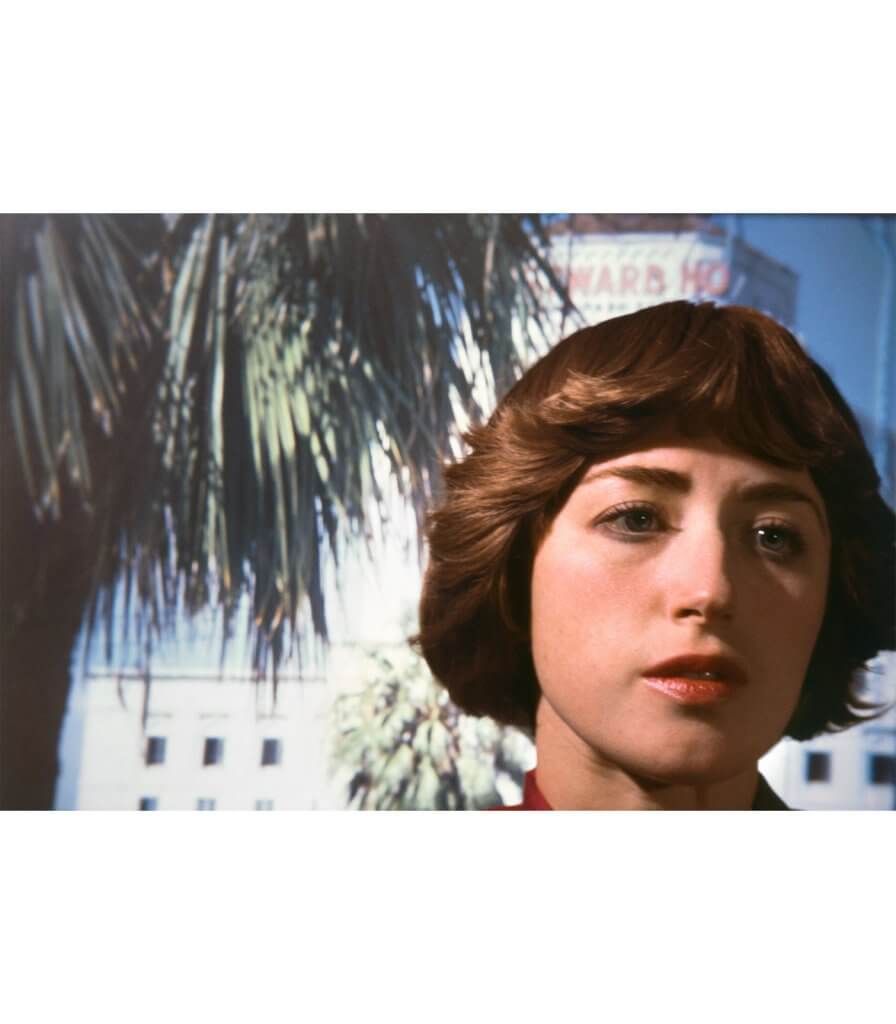
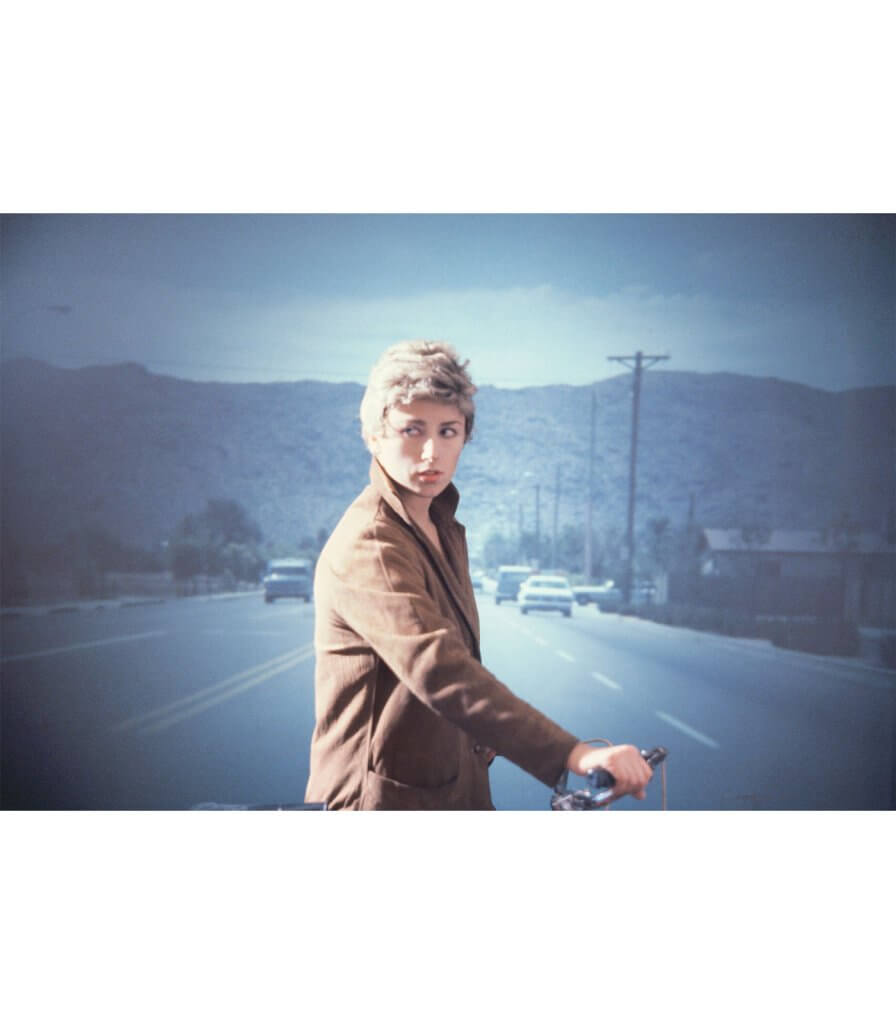
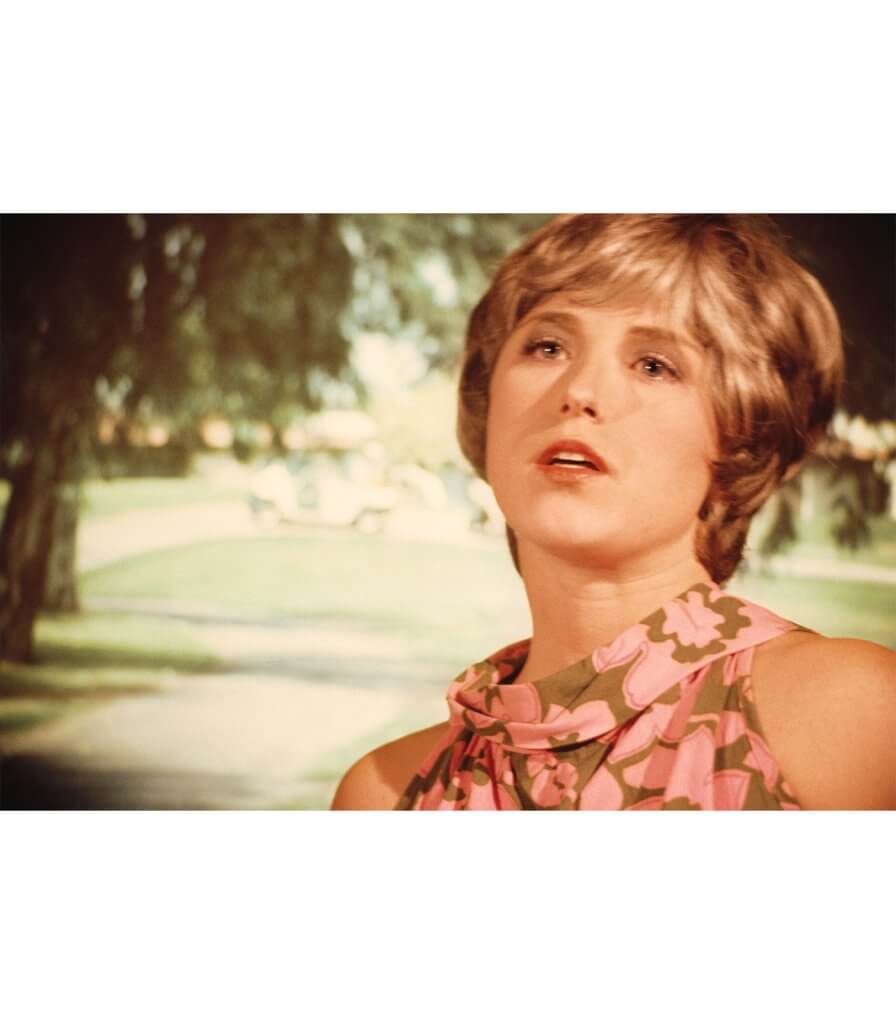
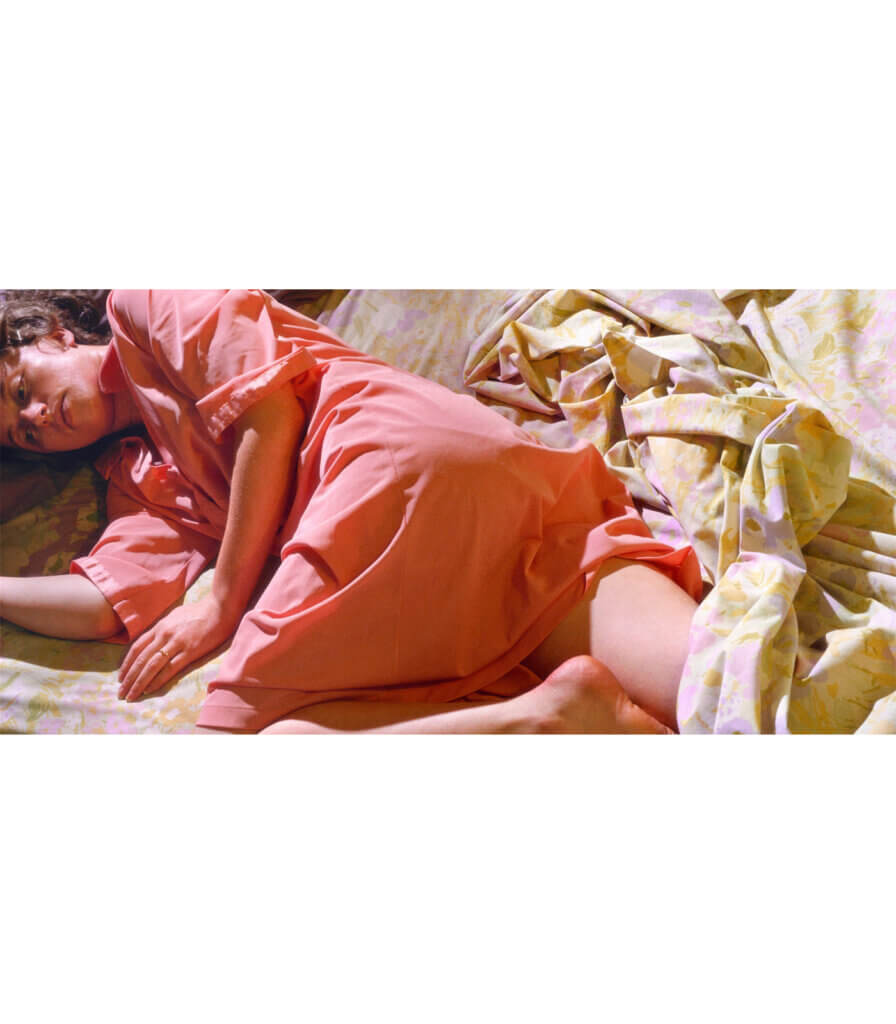
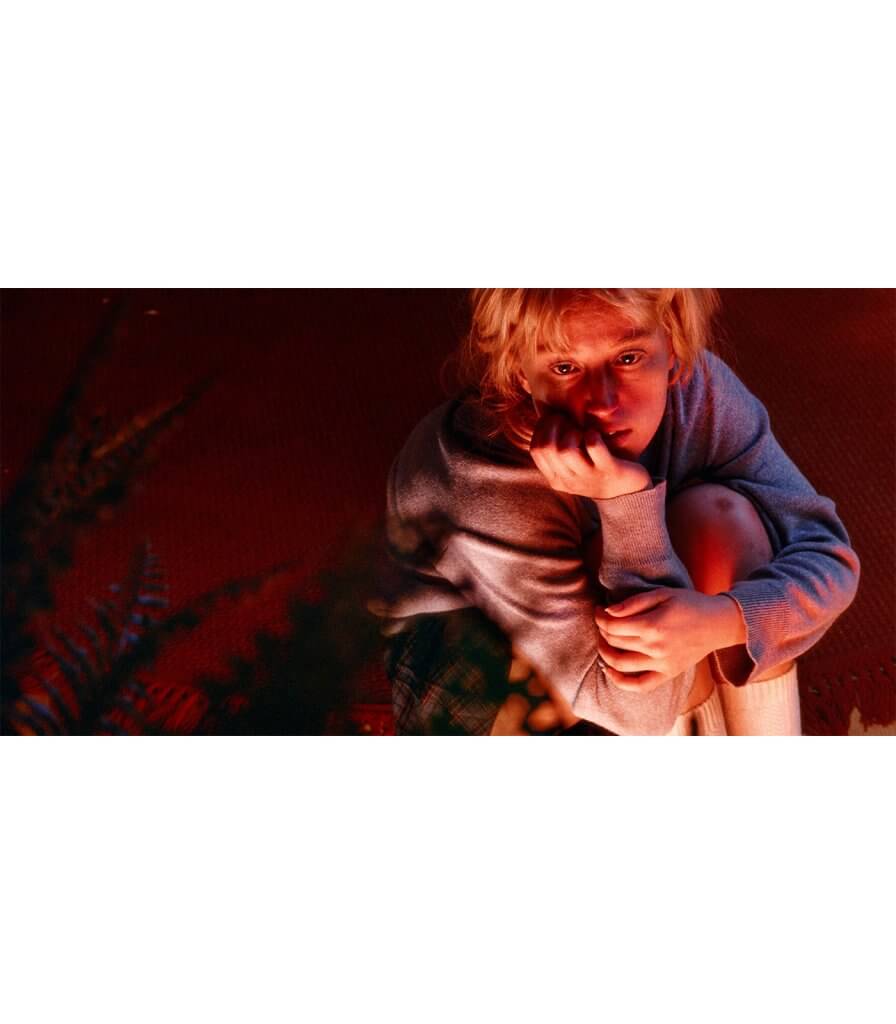
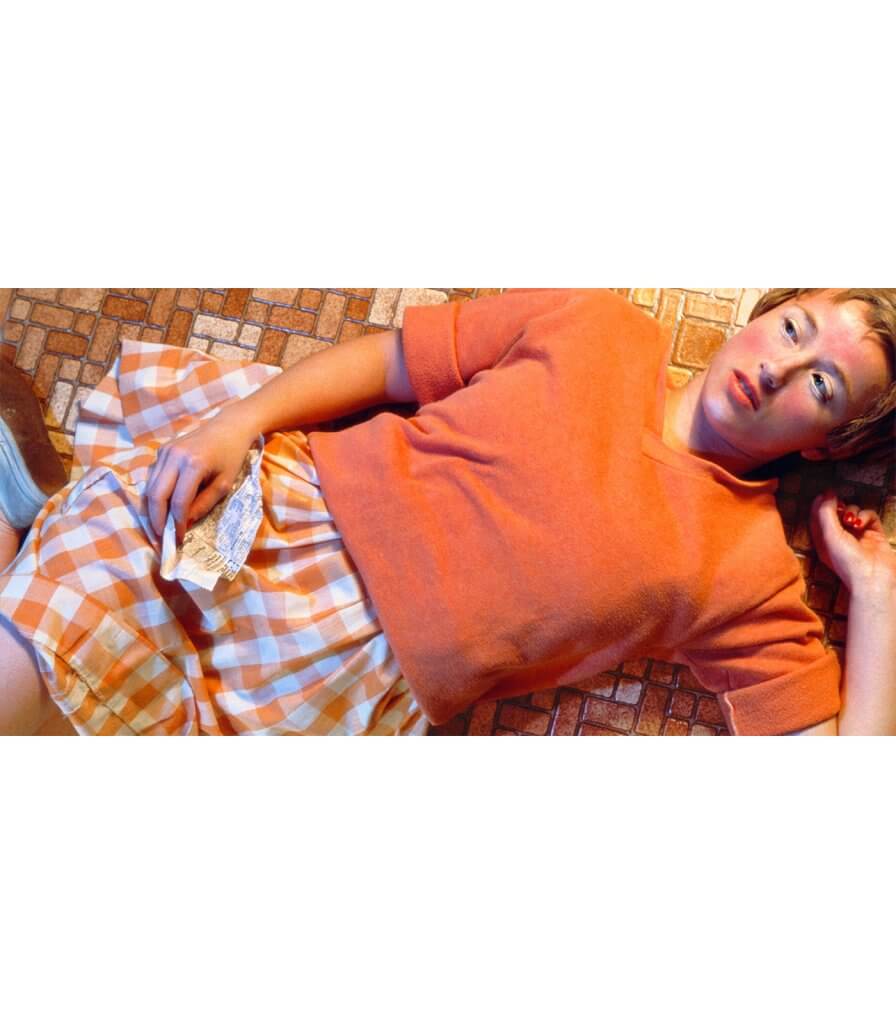
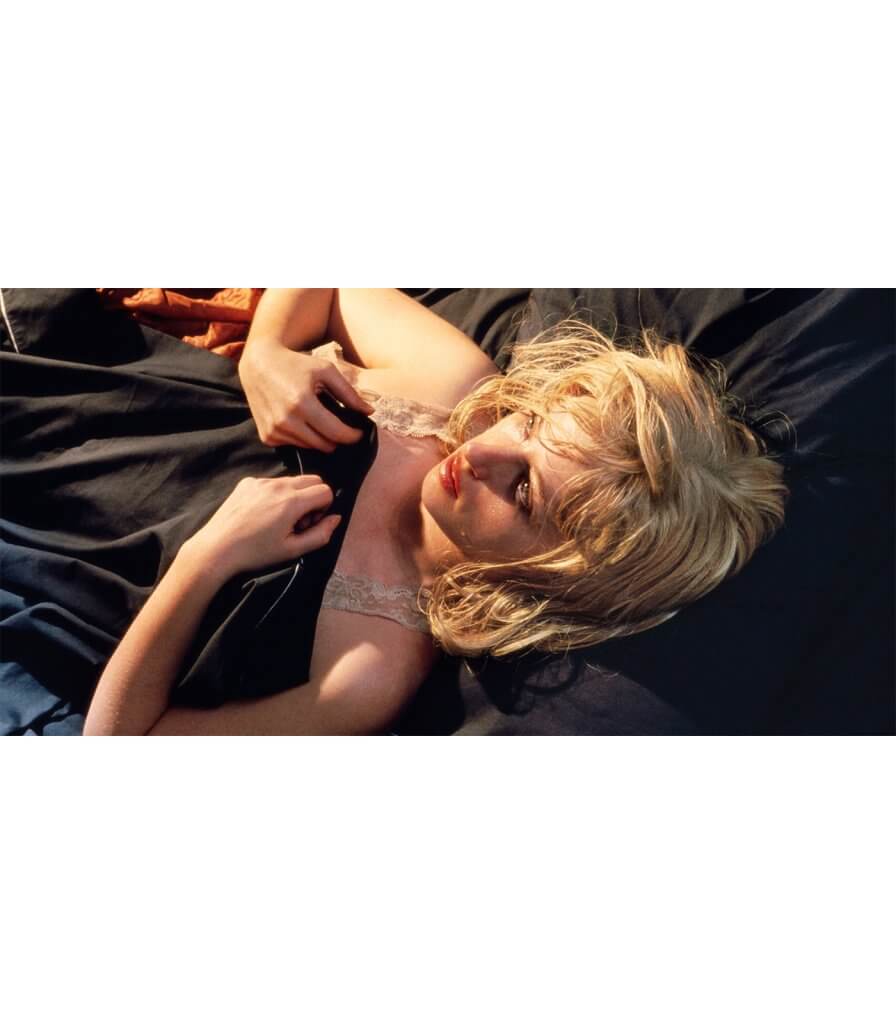
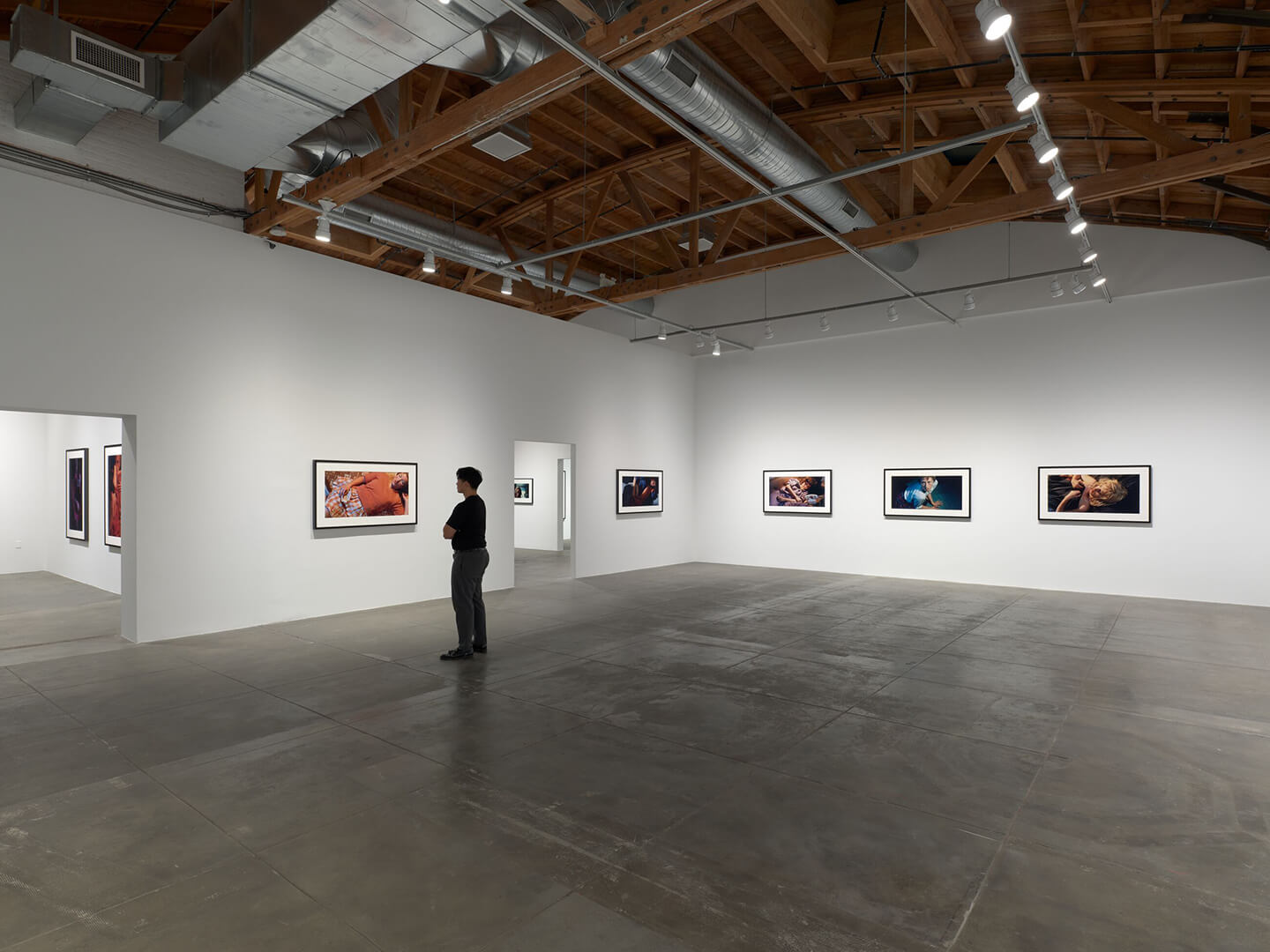
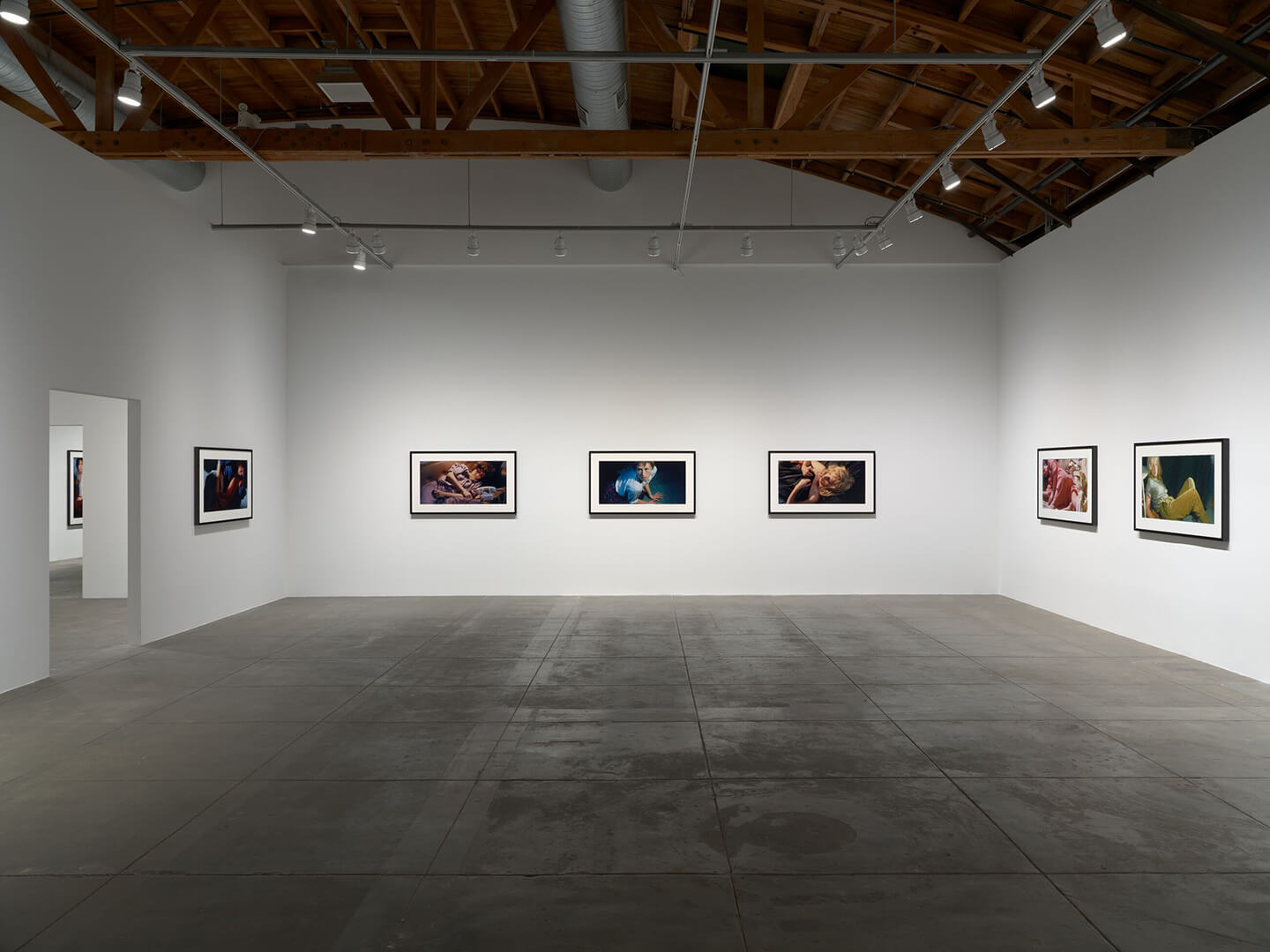
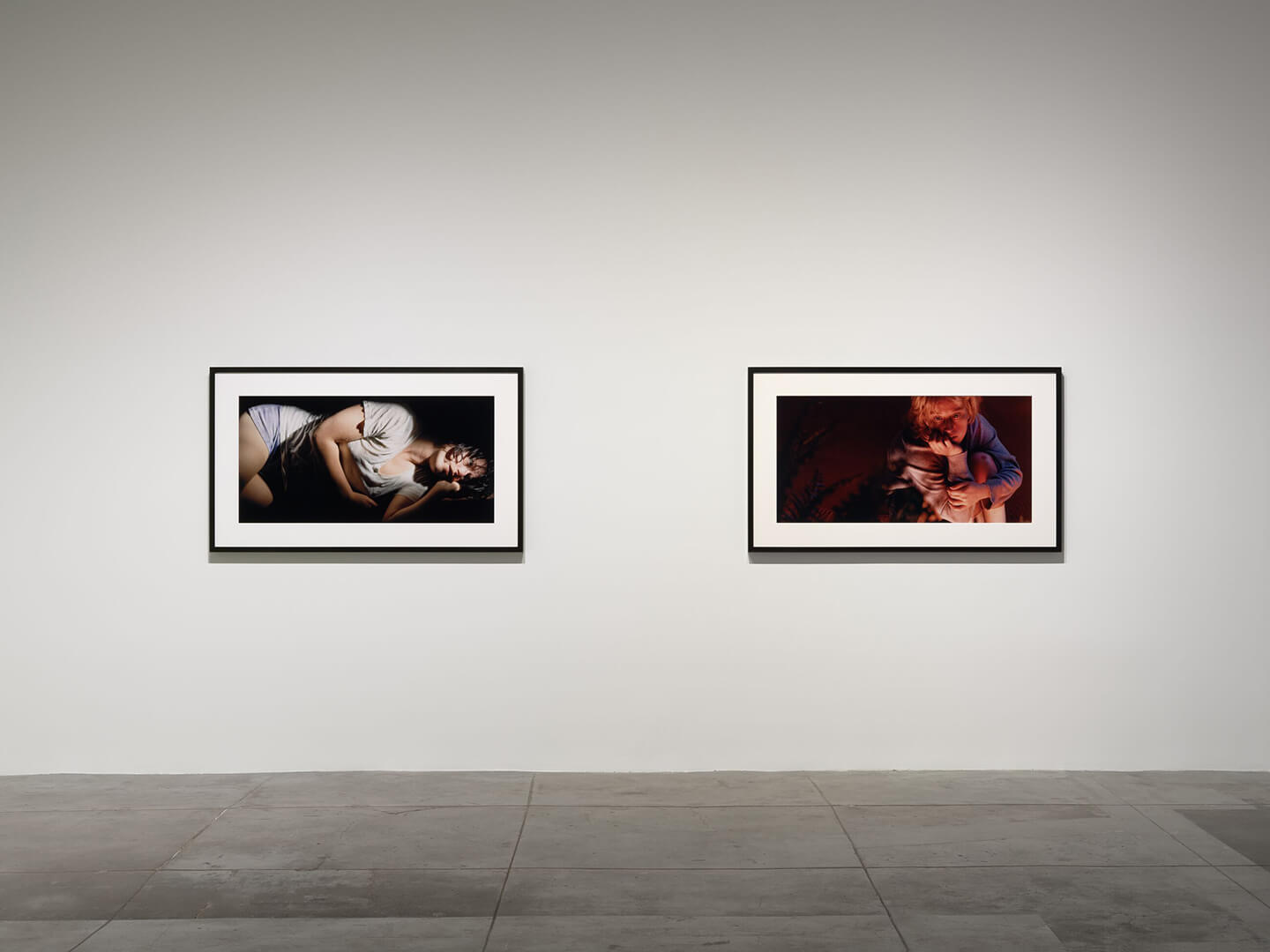
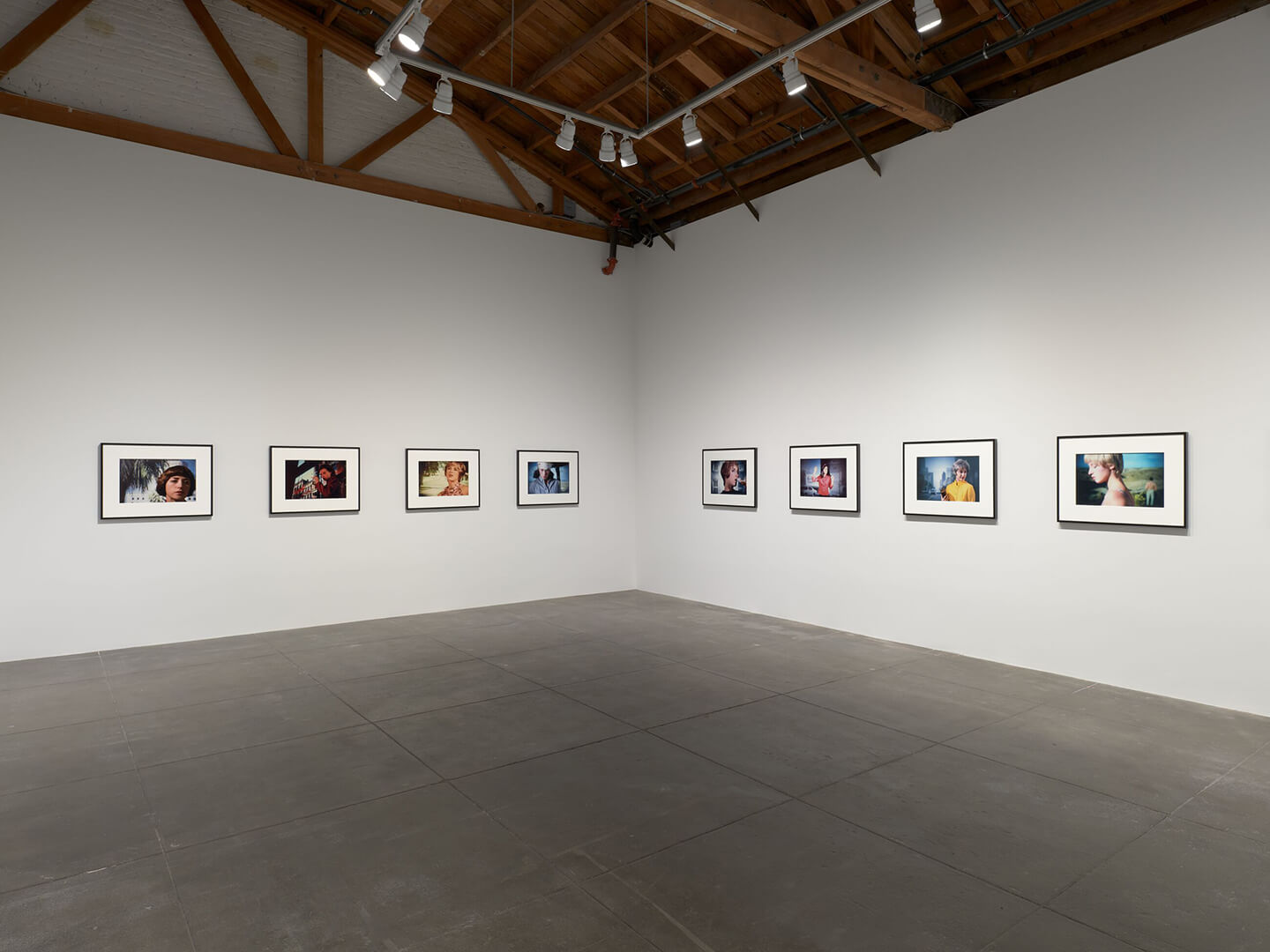
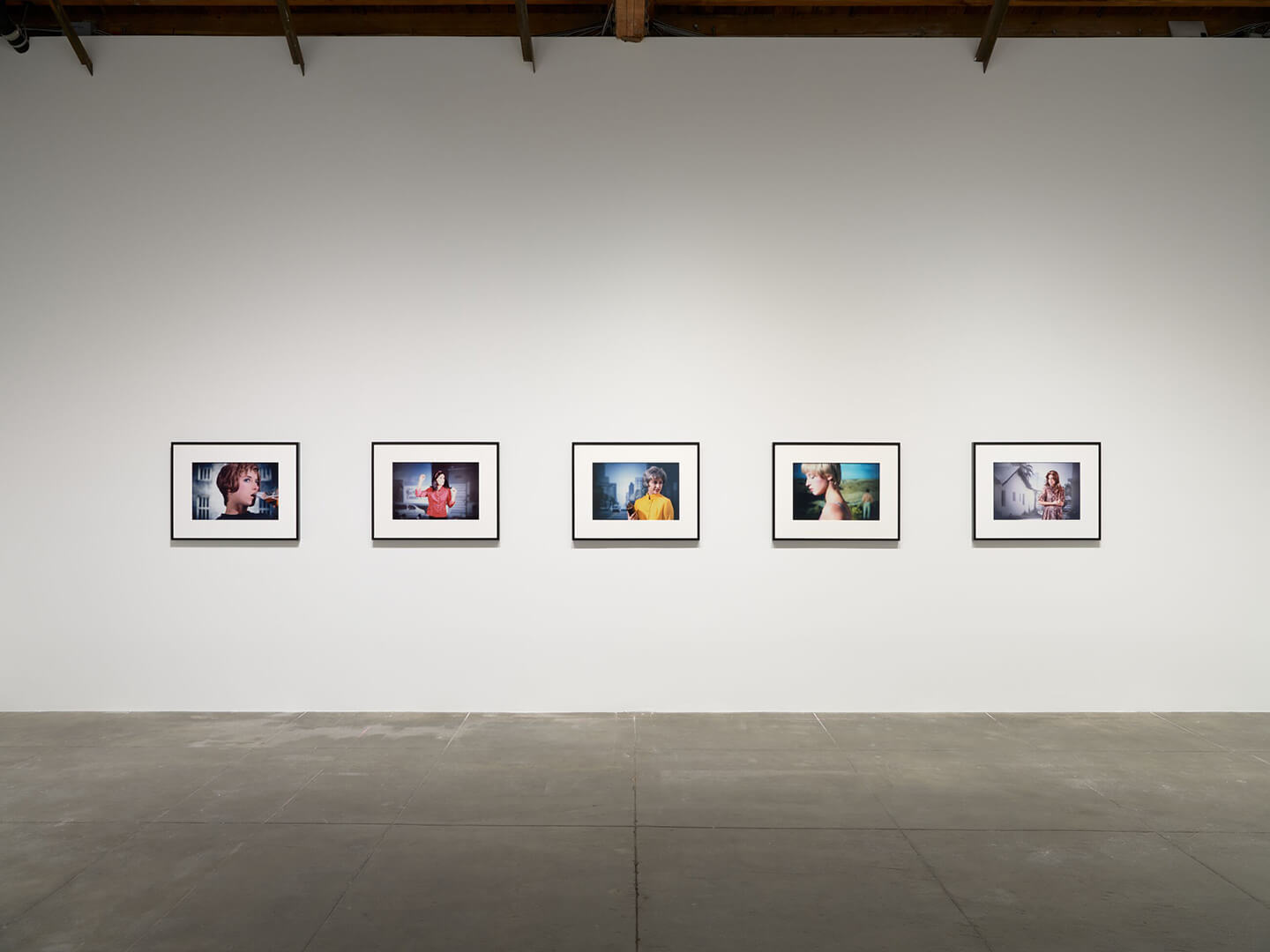
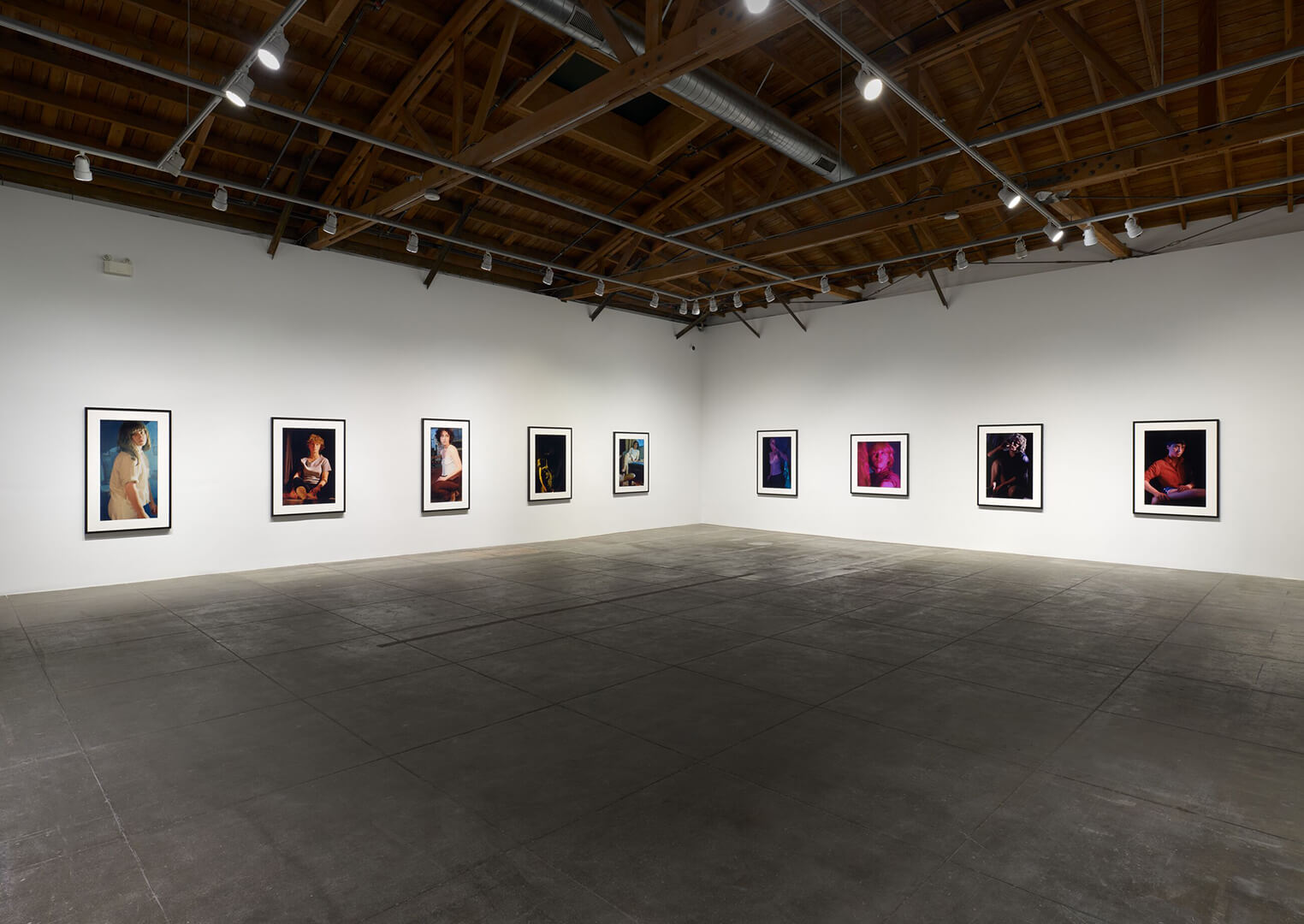
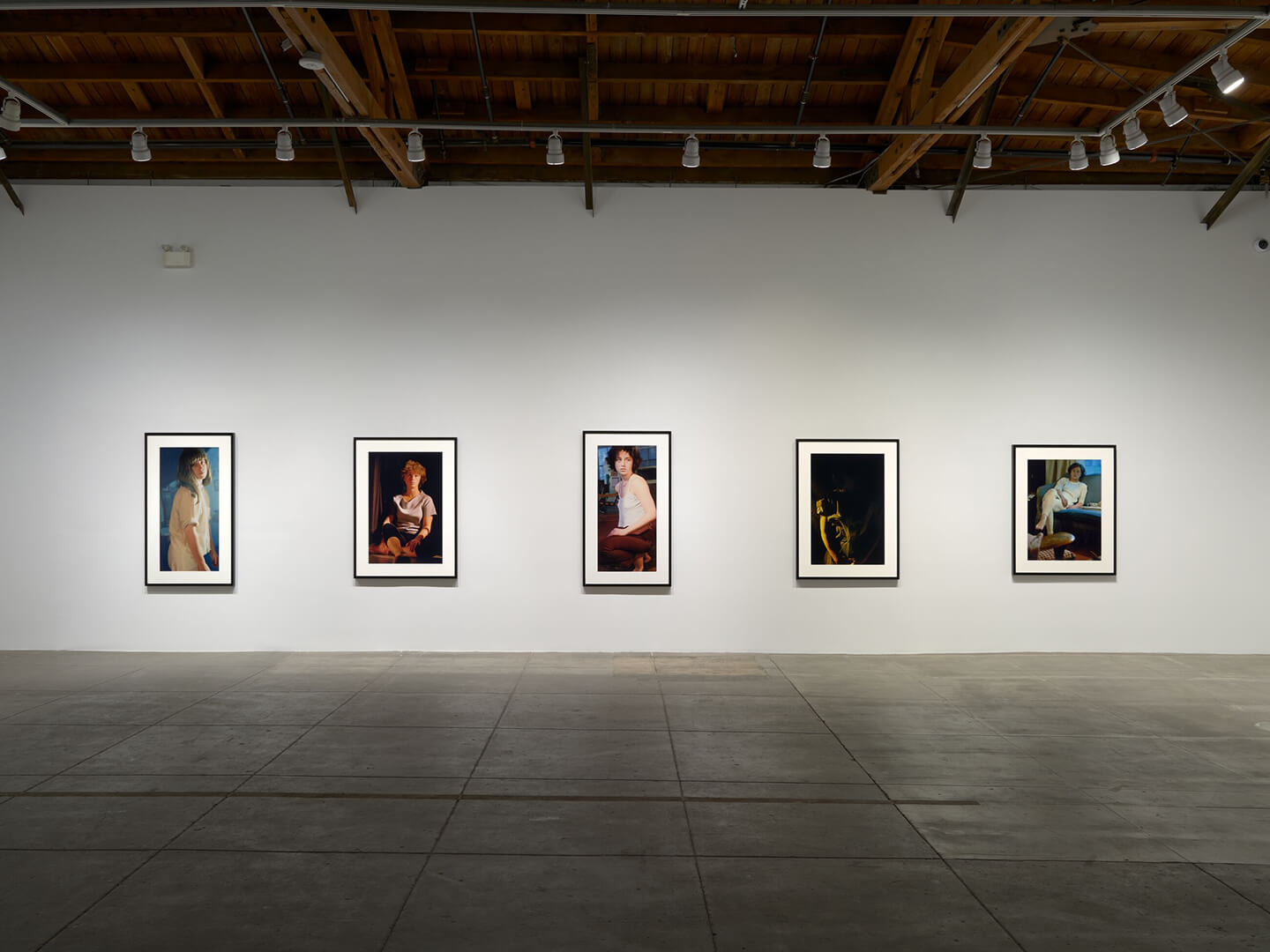
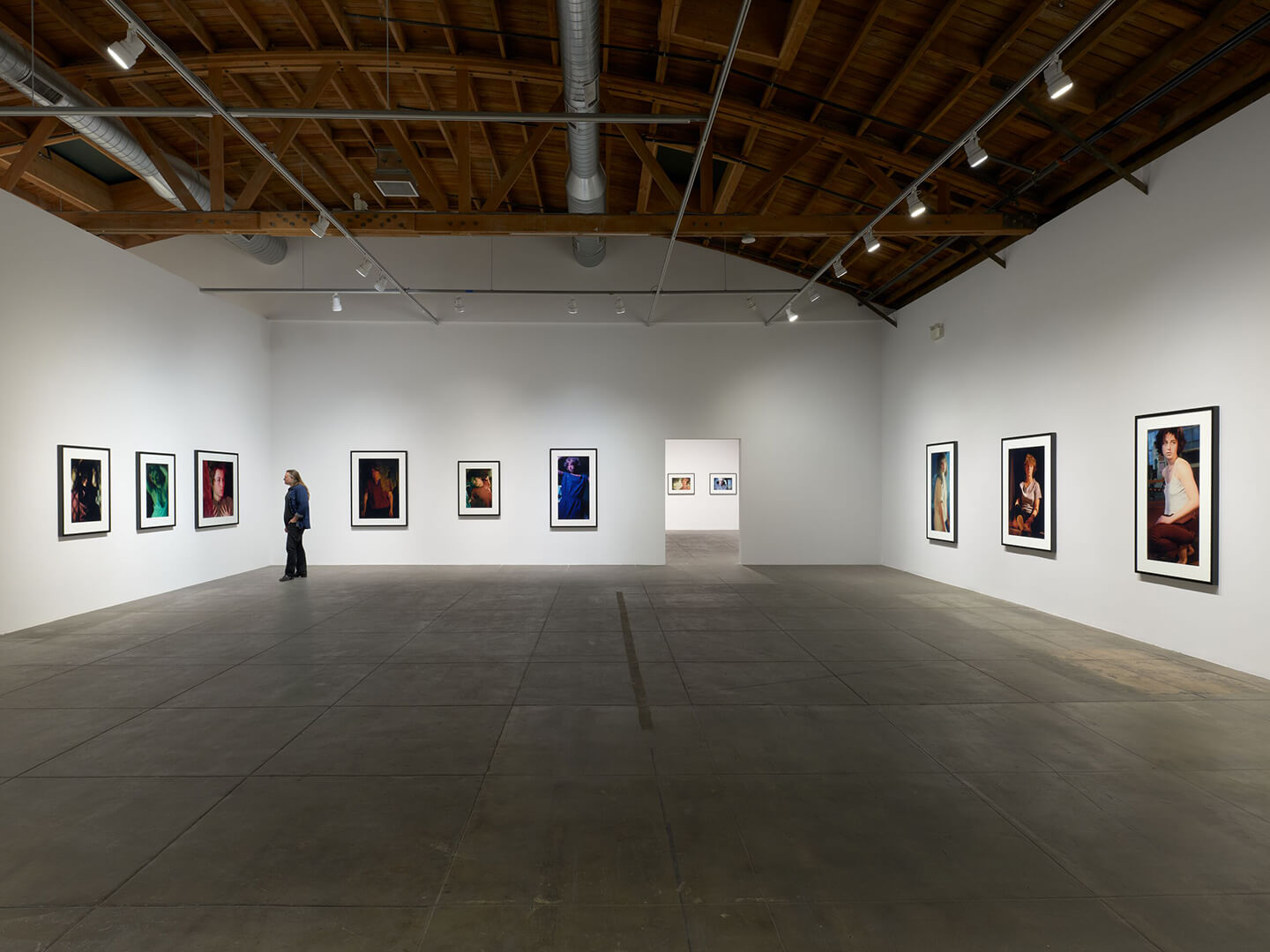
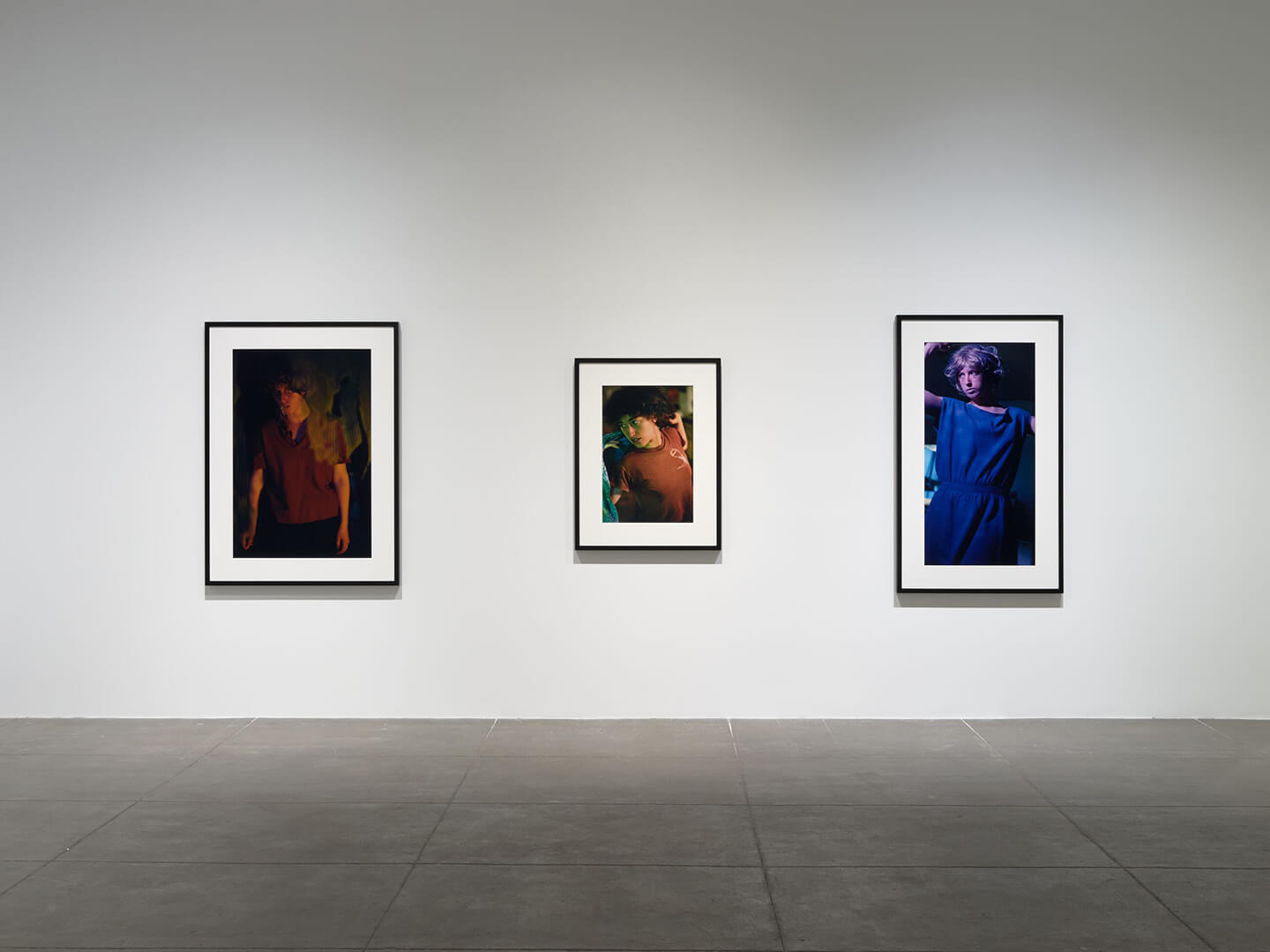
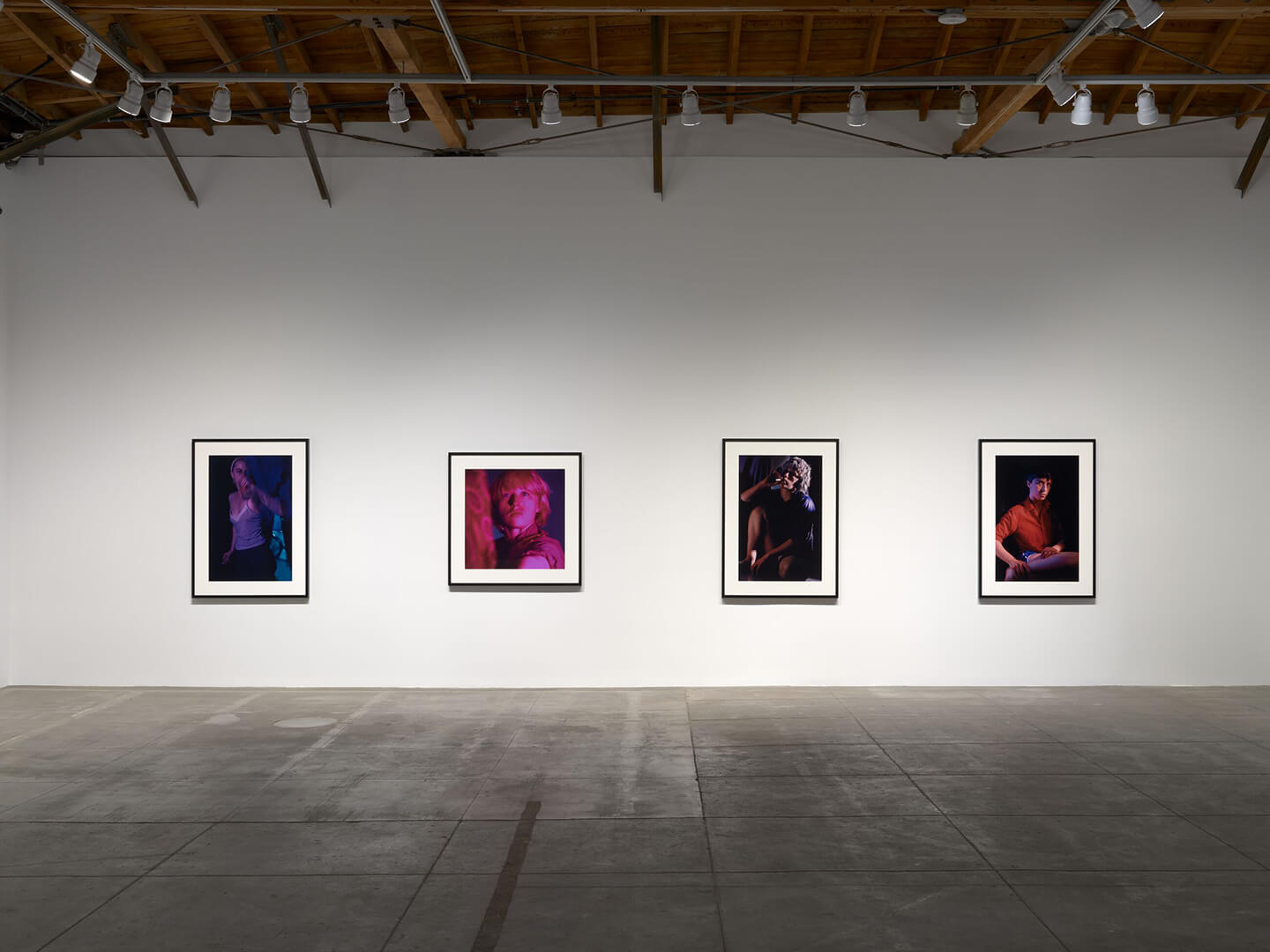
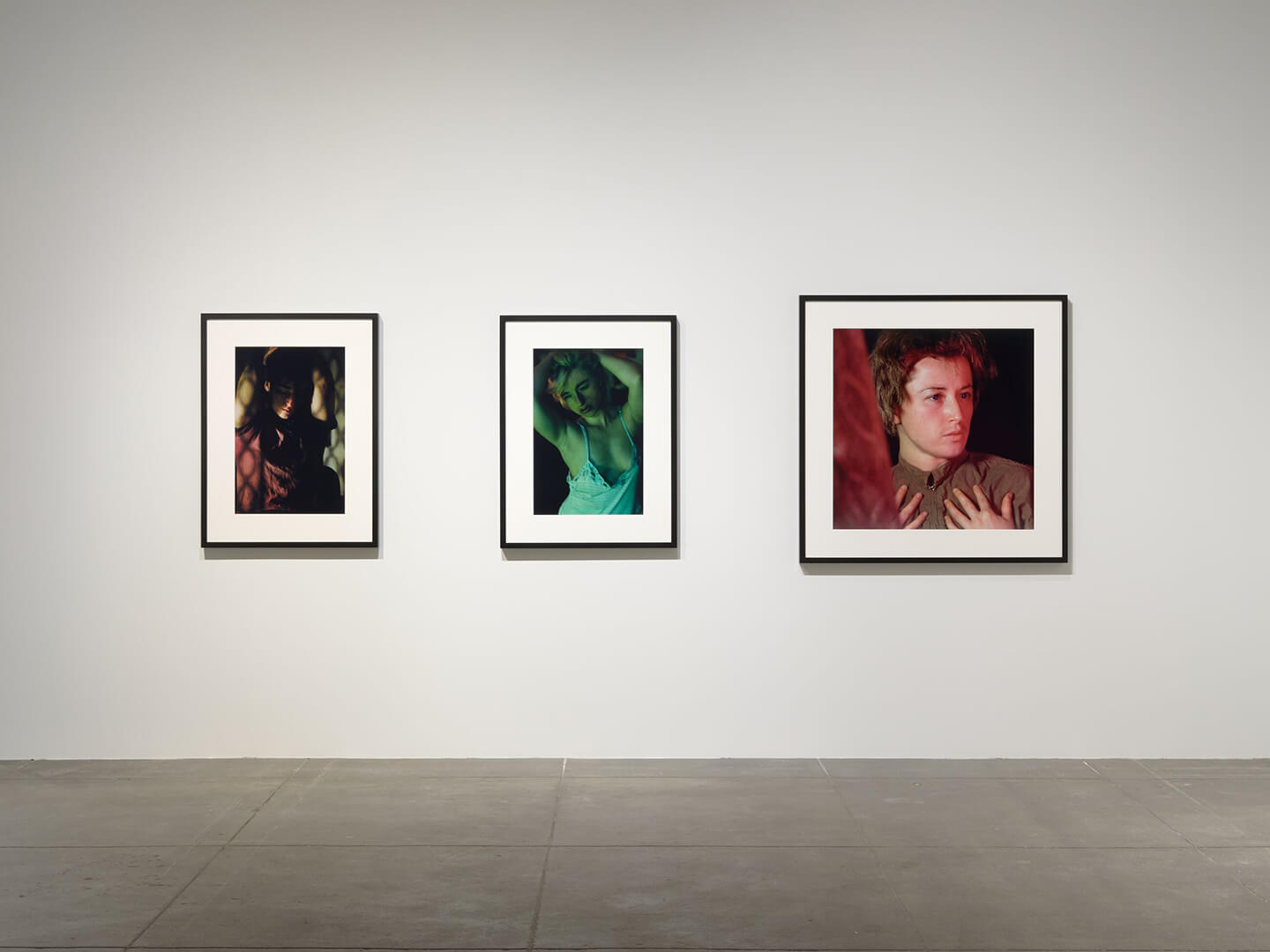
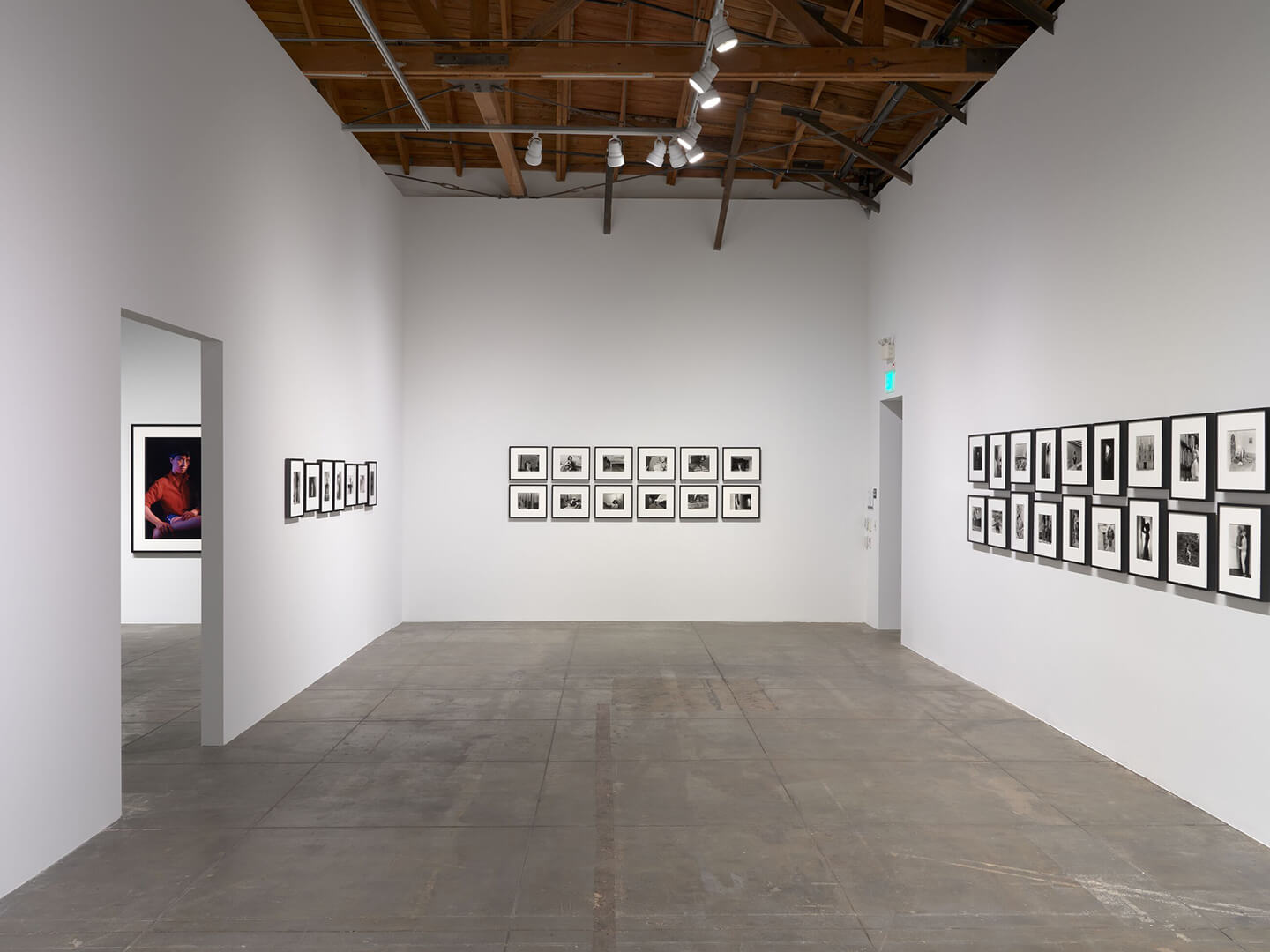
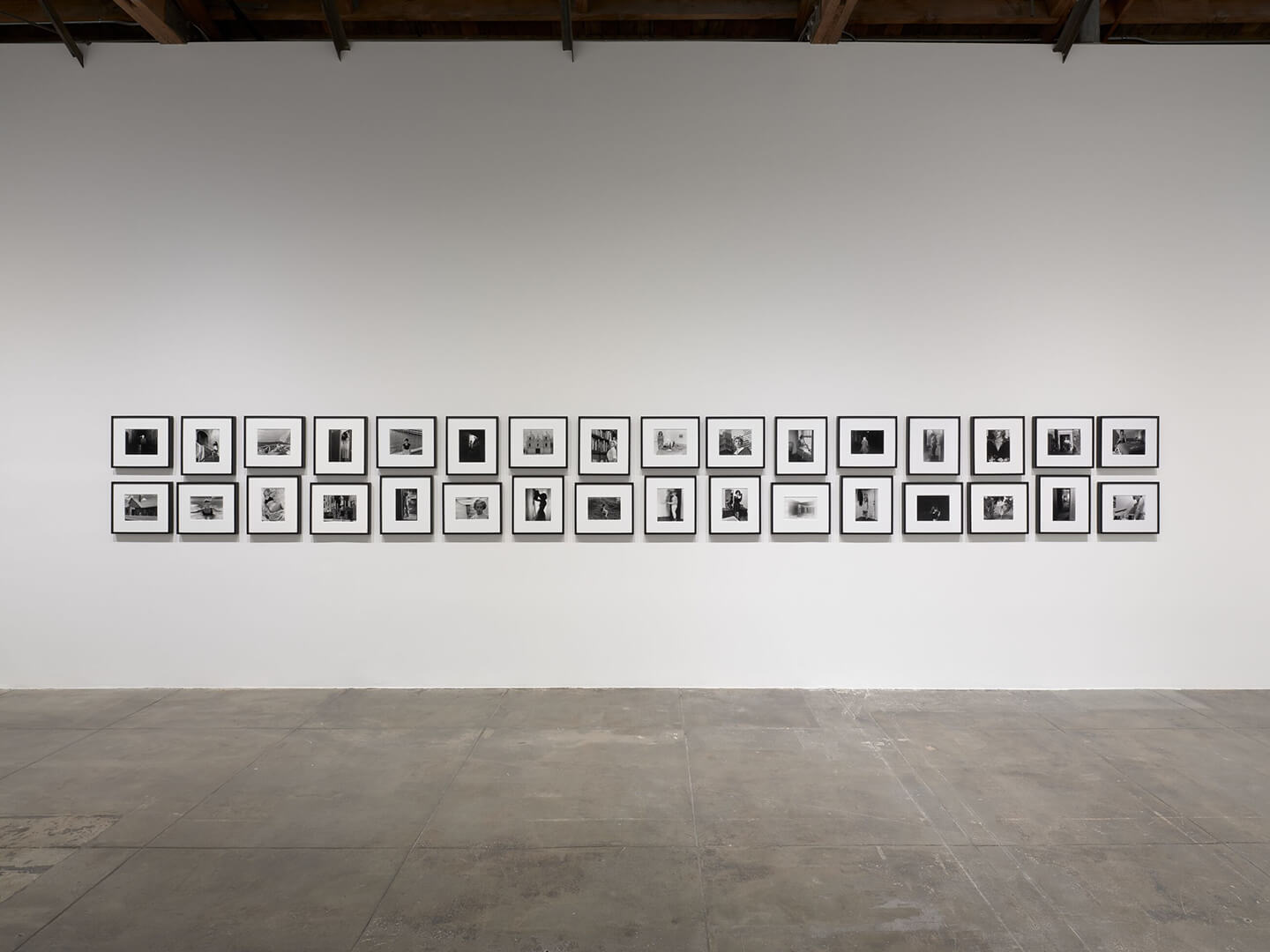
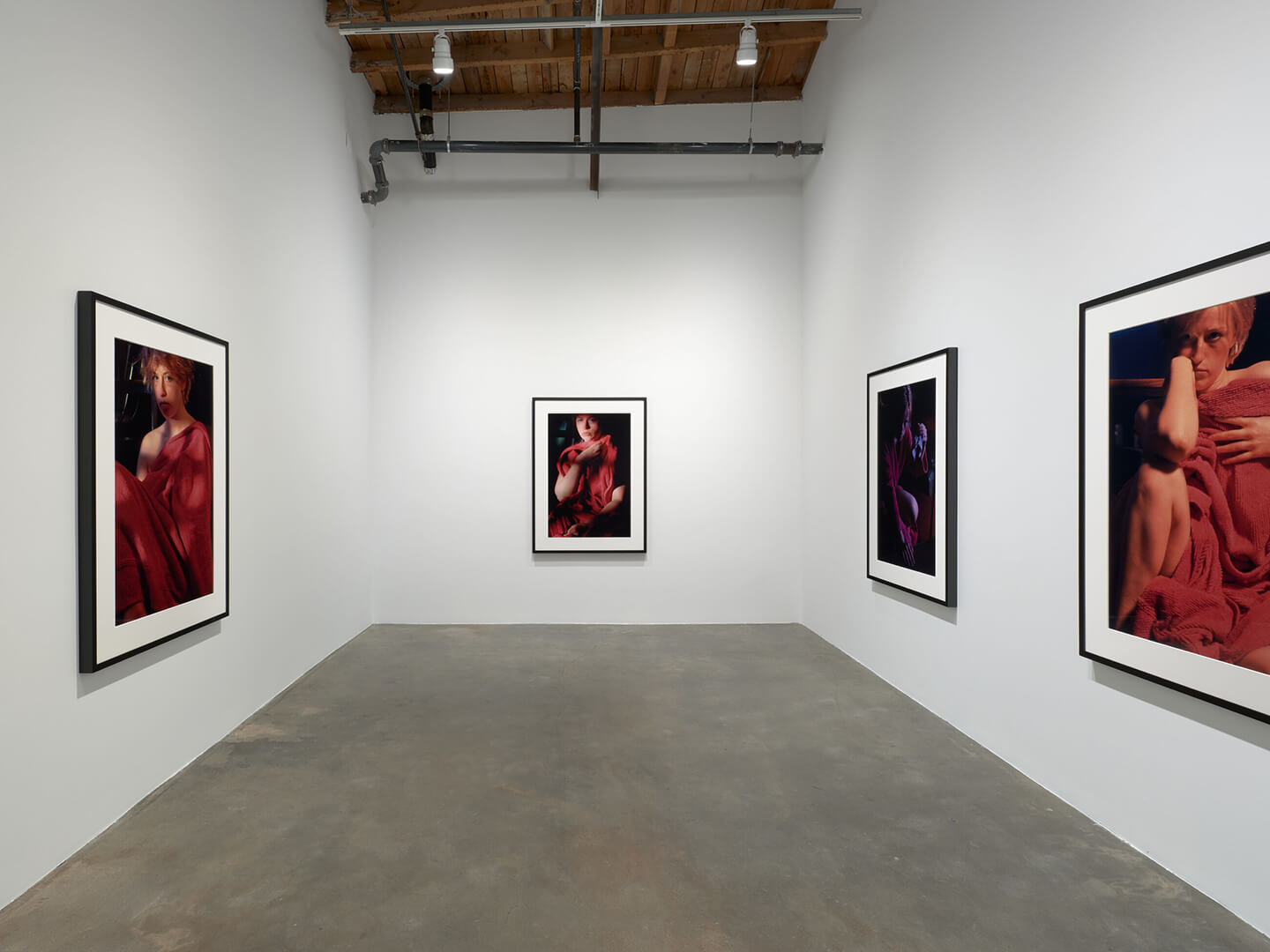
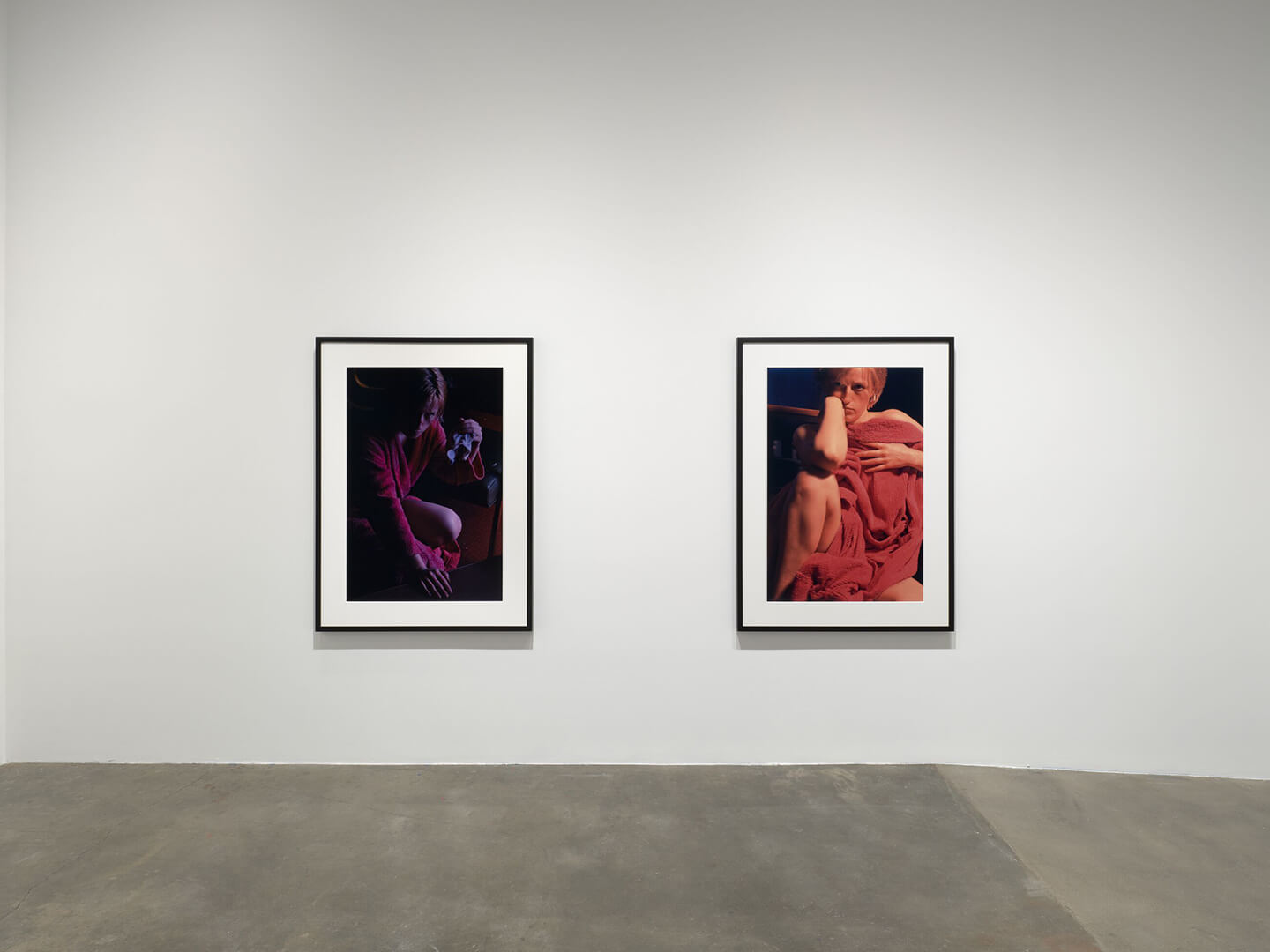
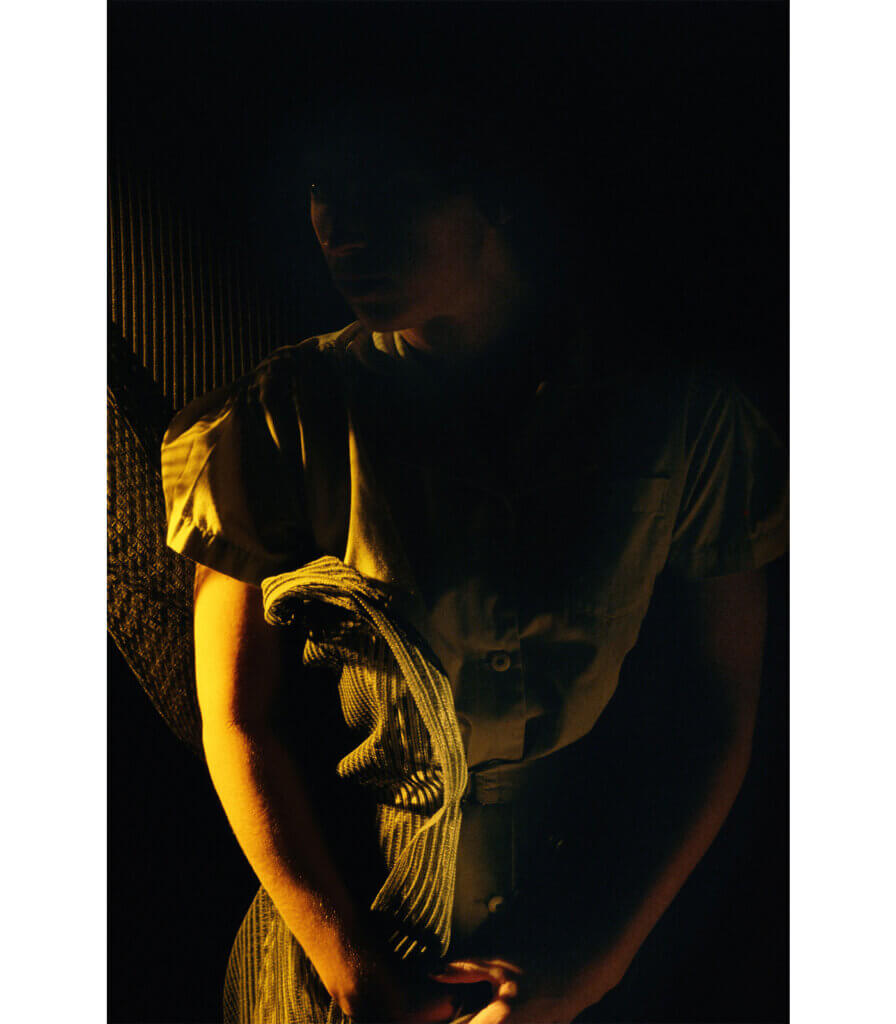
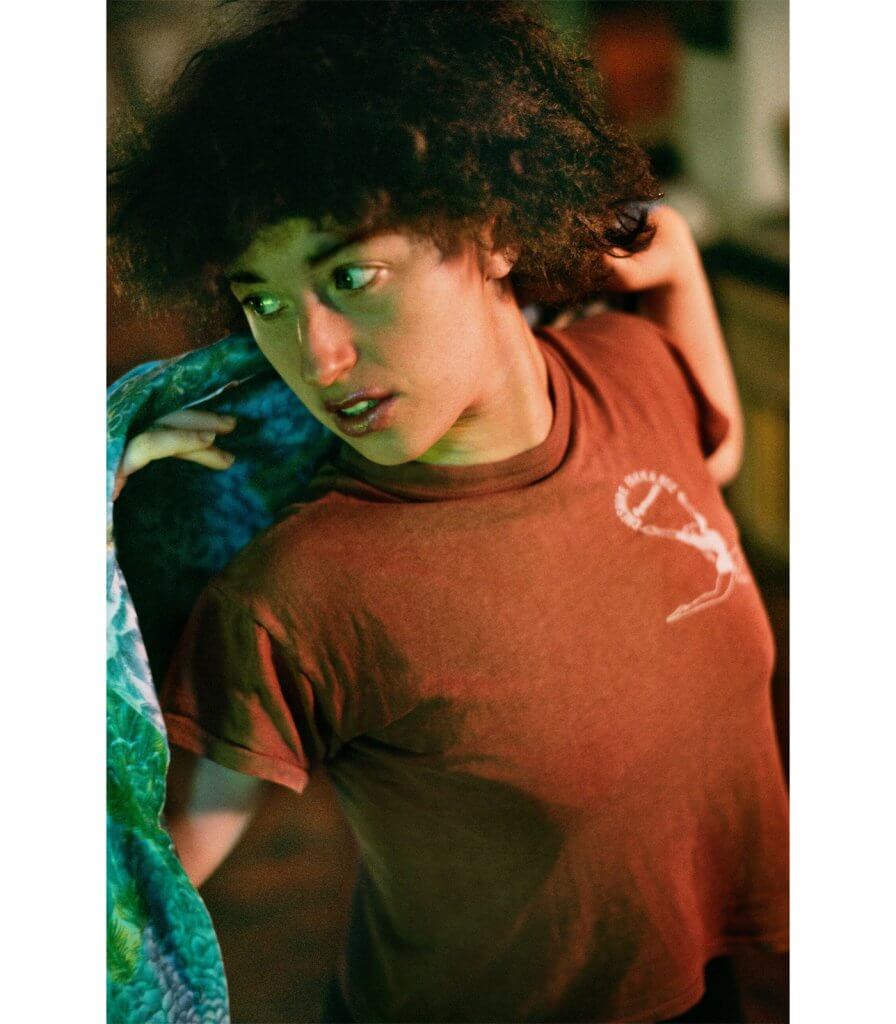
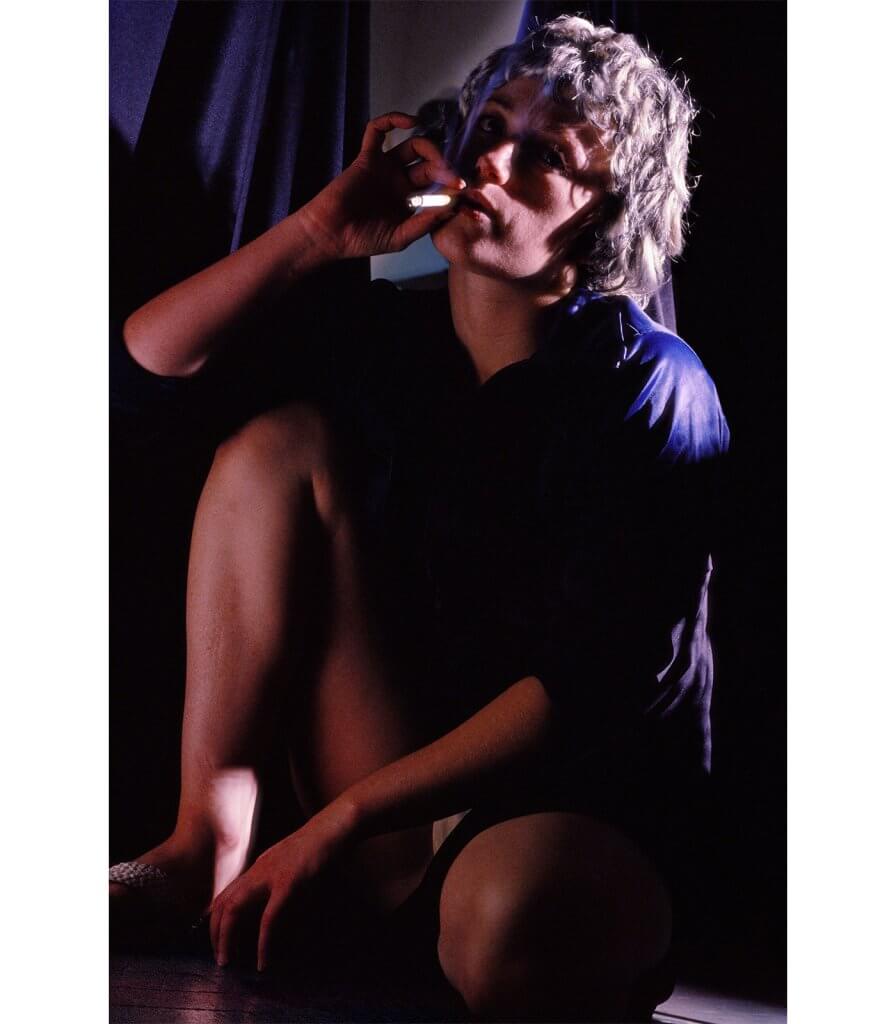
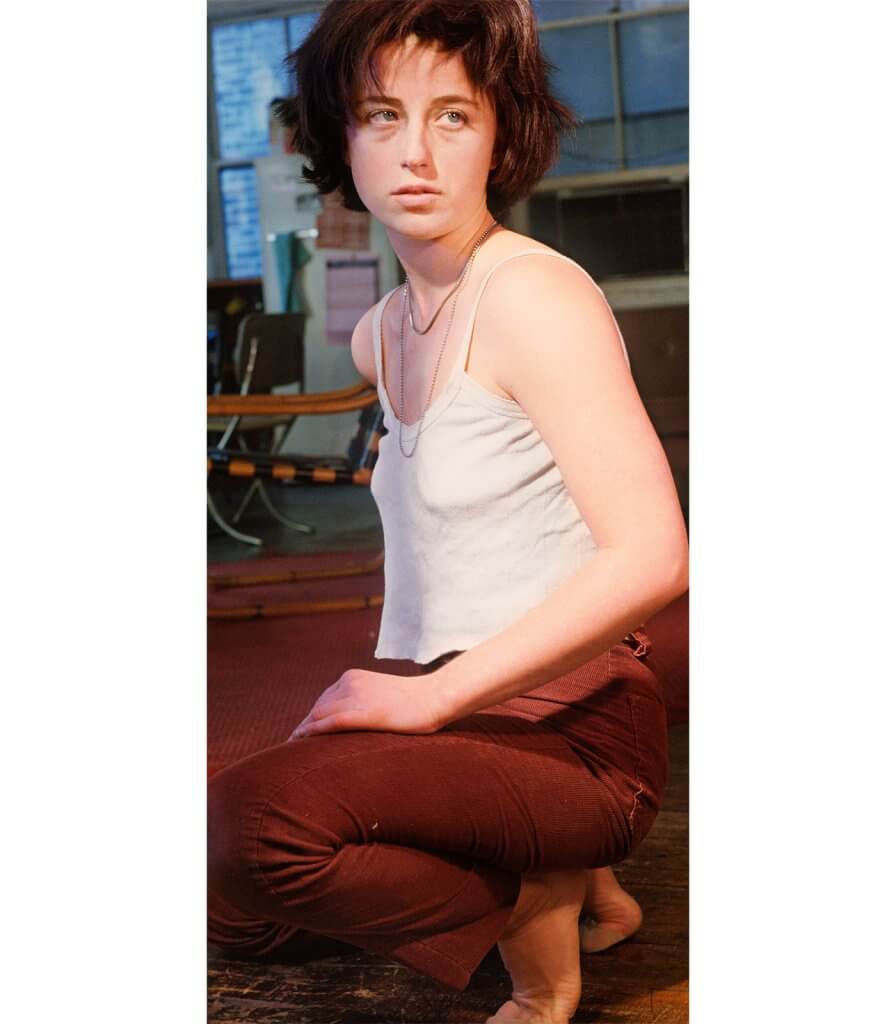
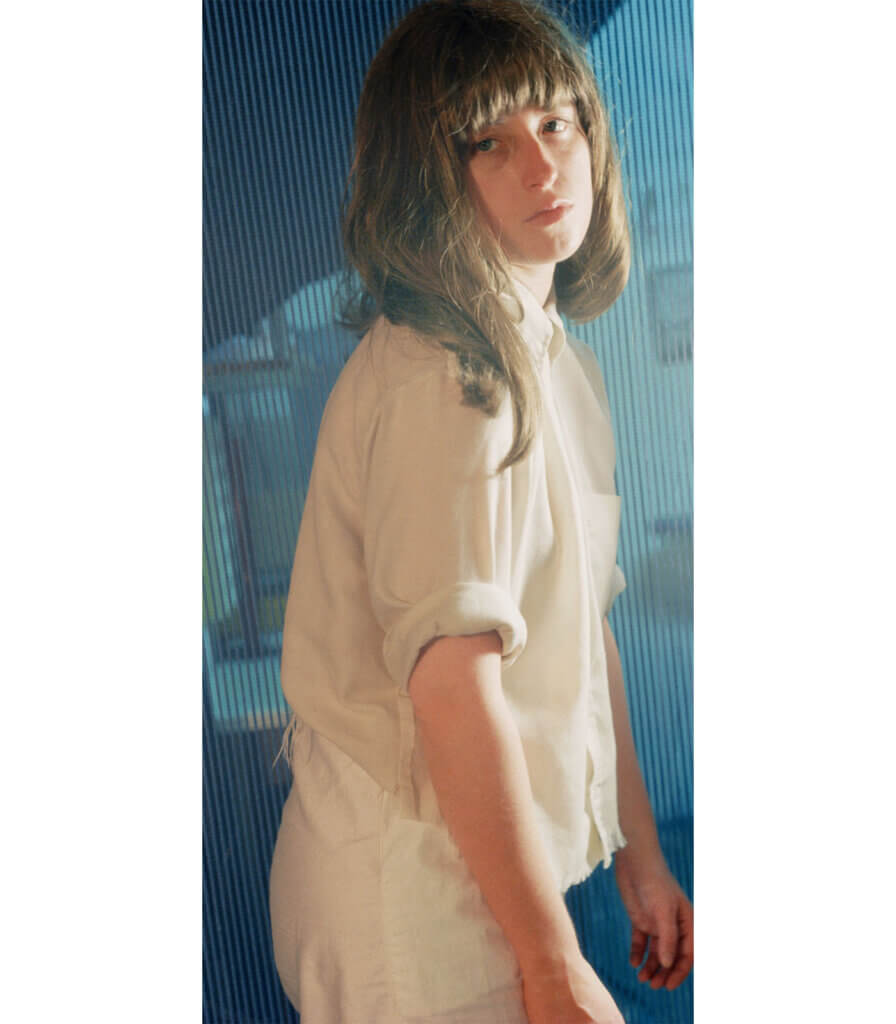
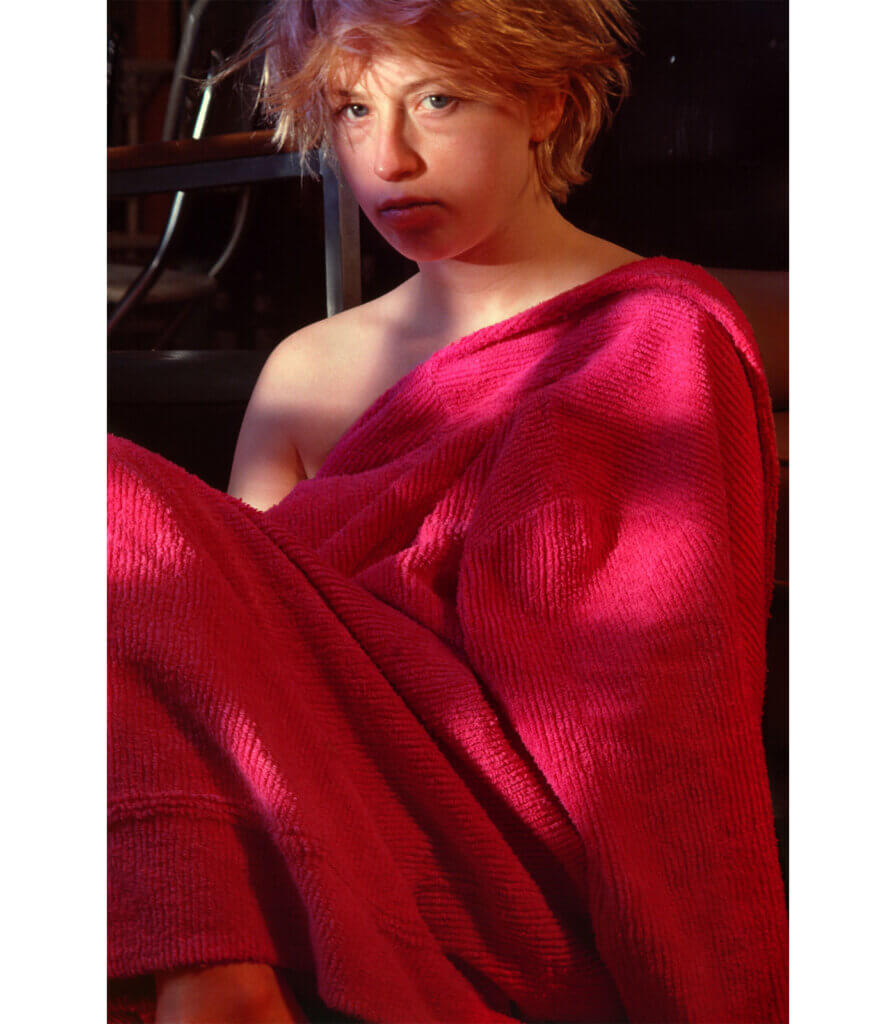
 Scan the image to begin
Scan the image to begin